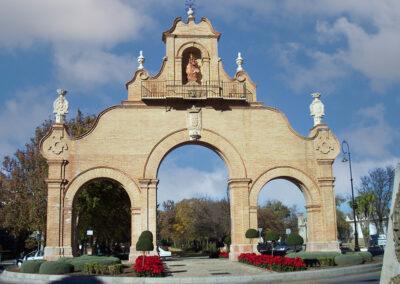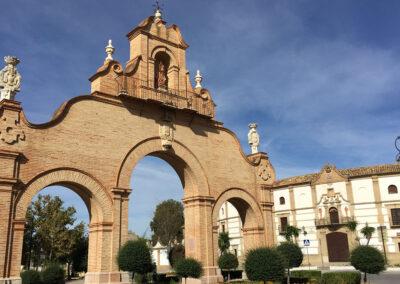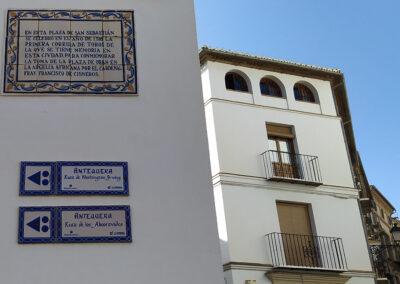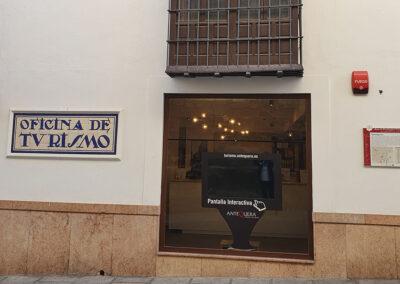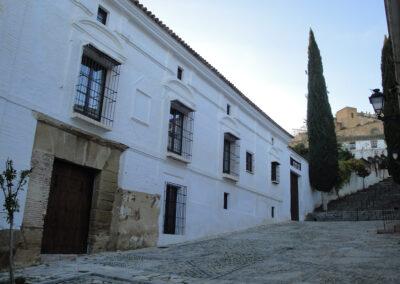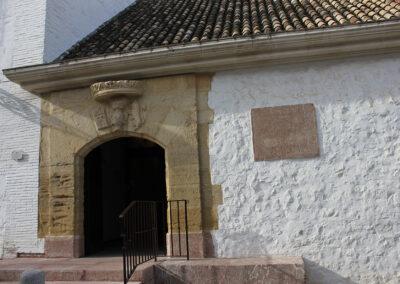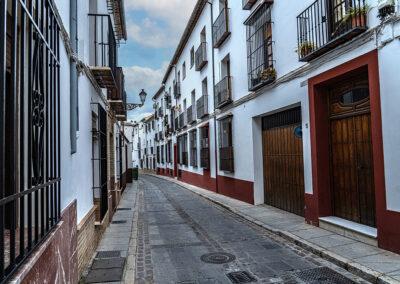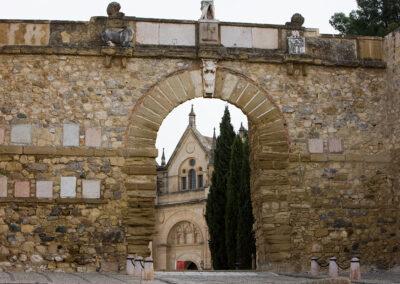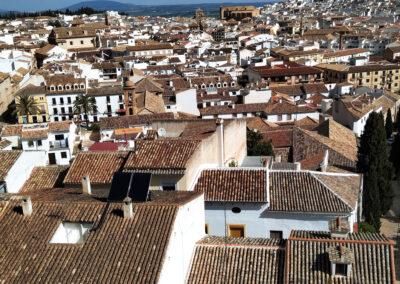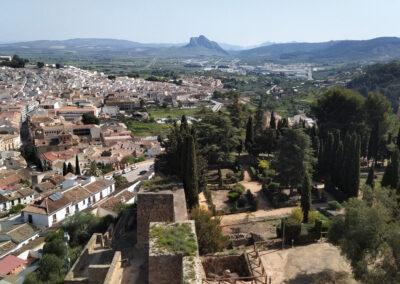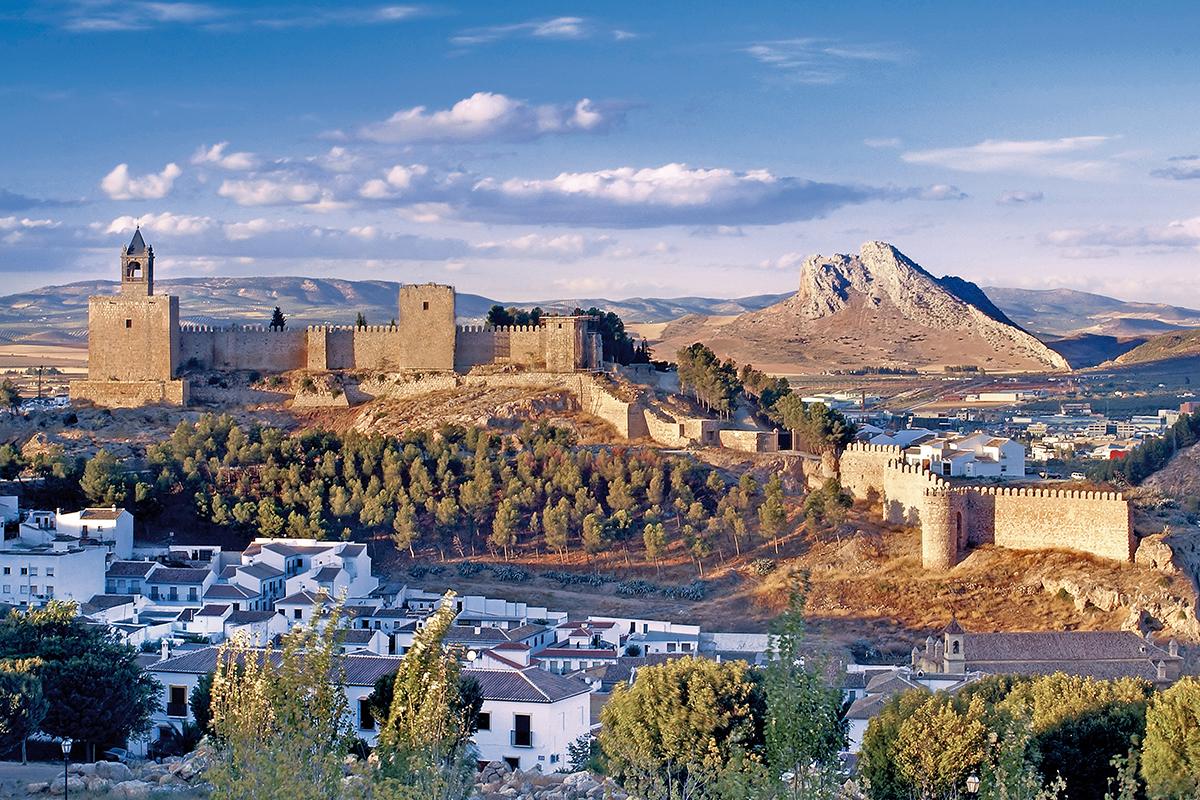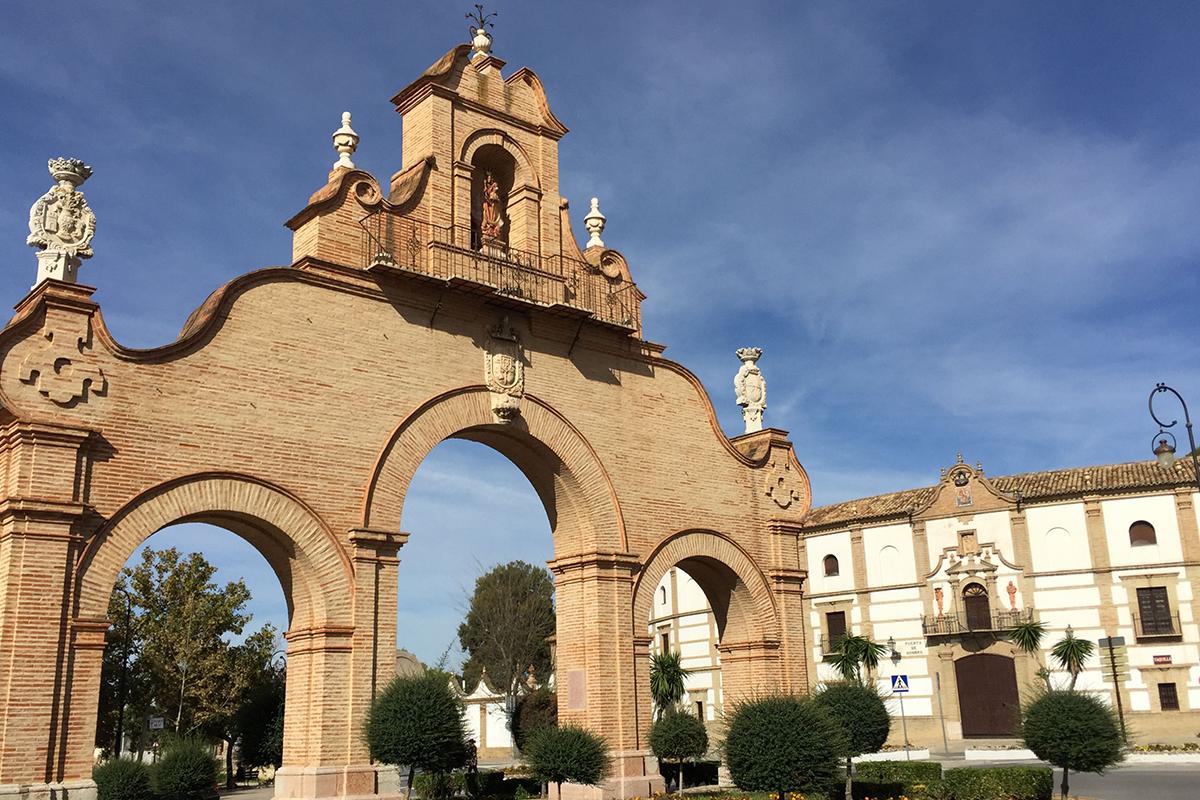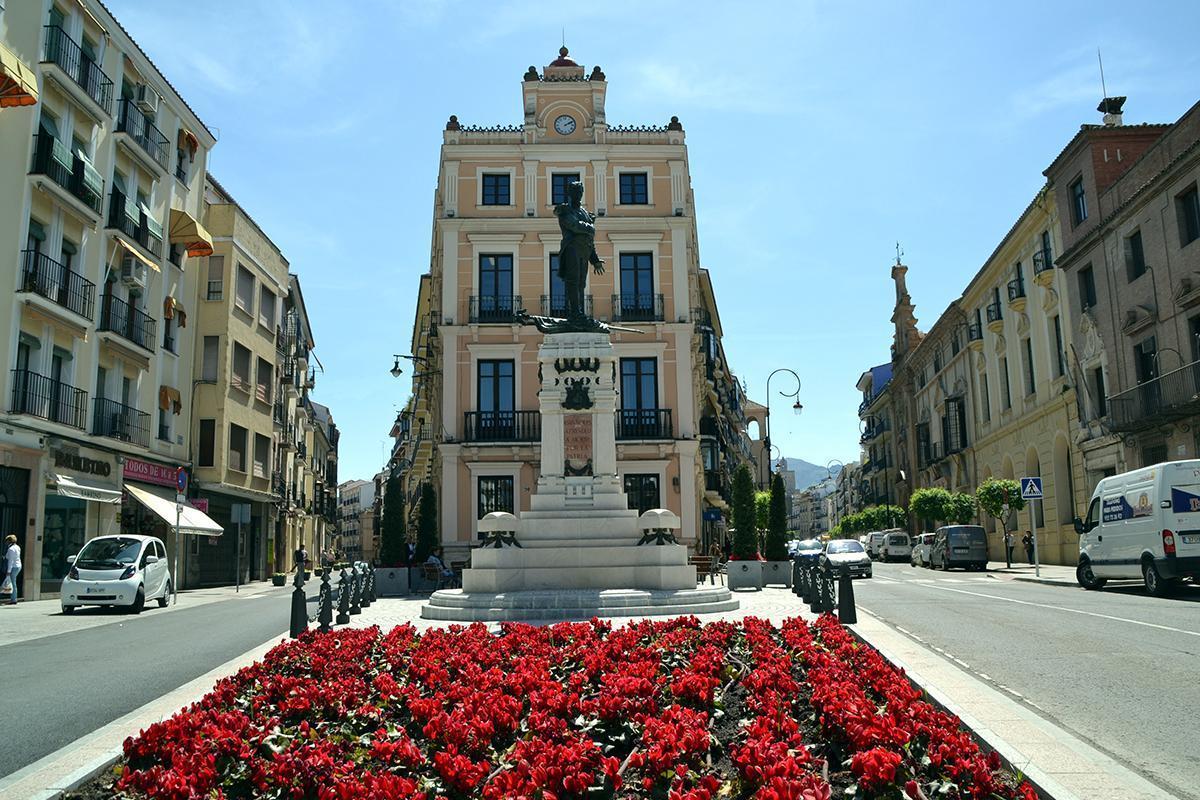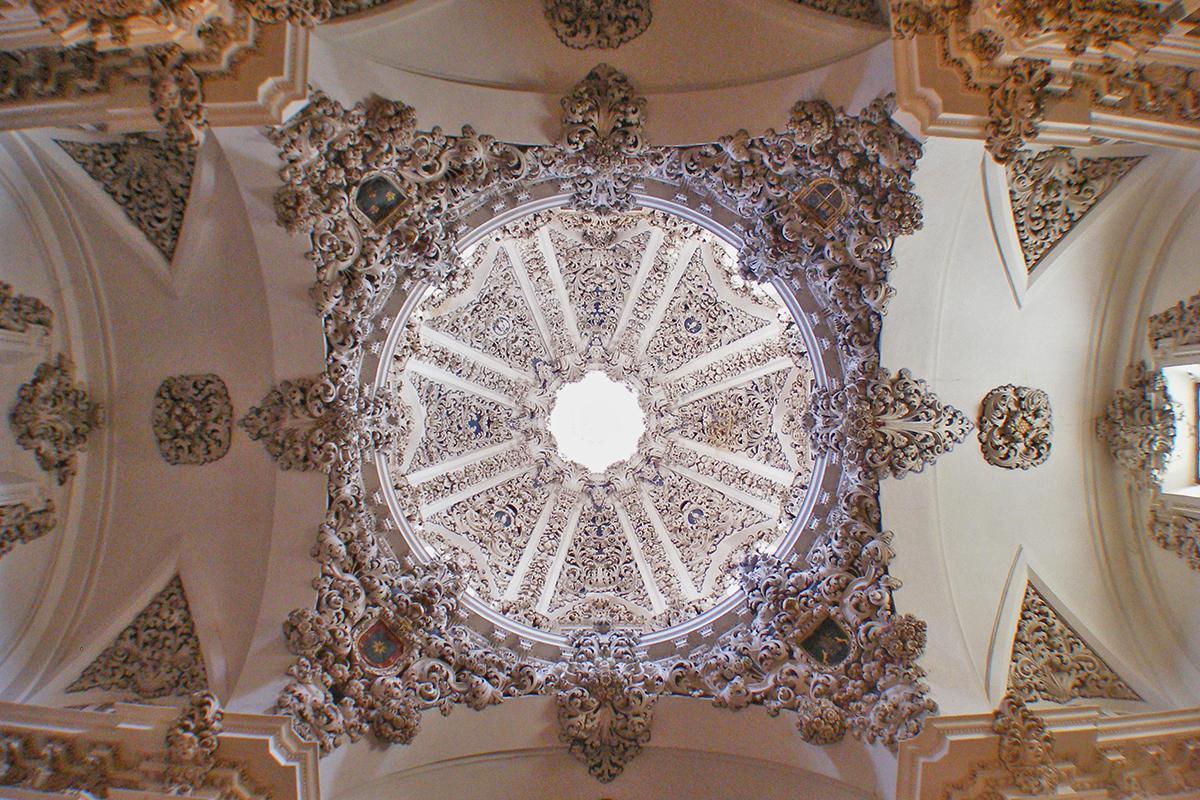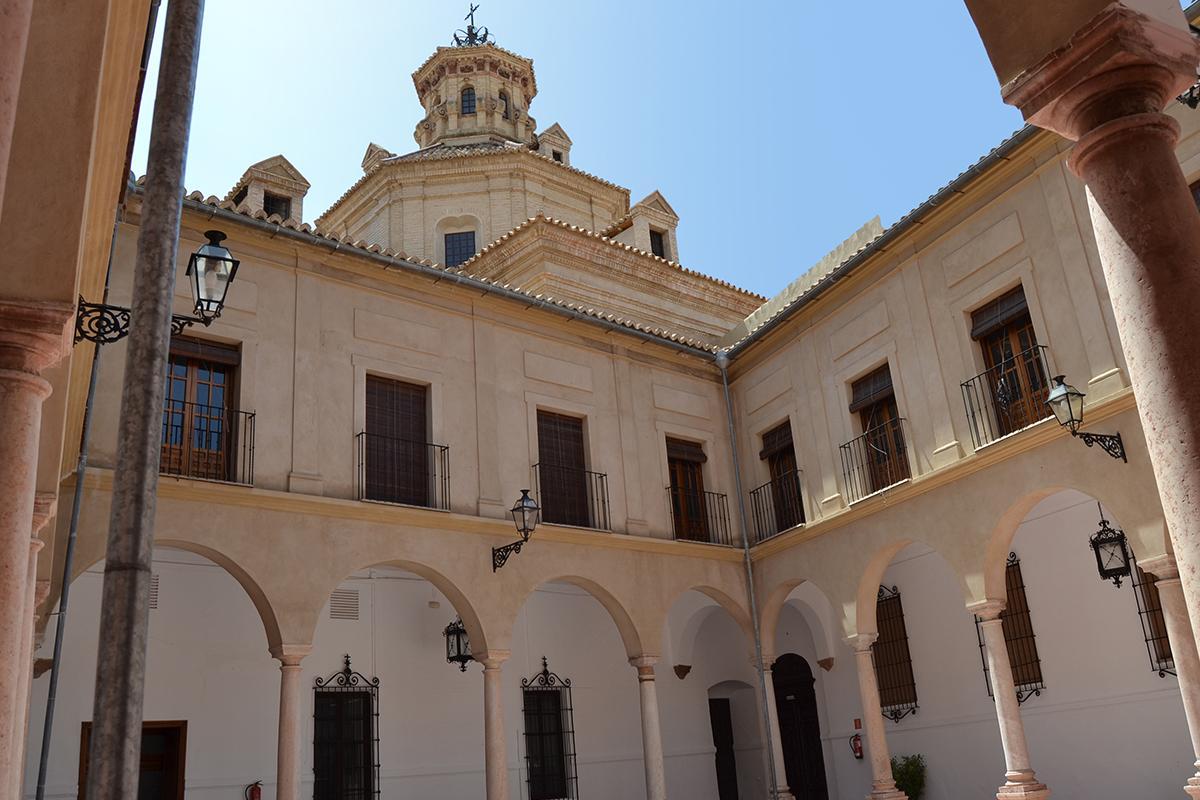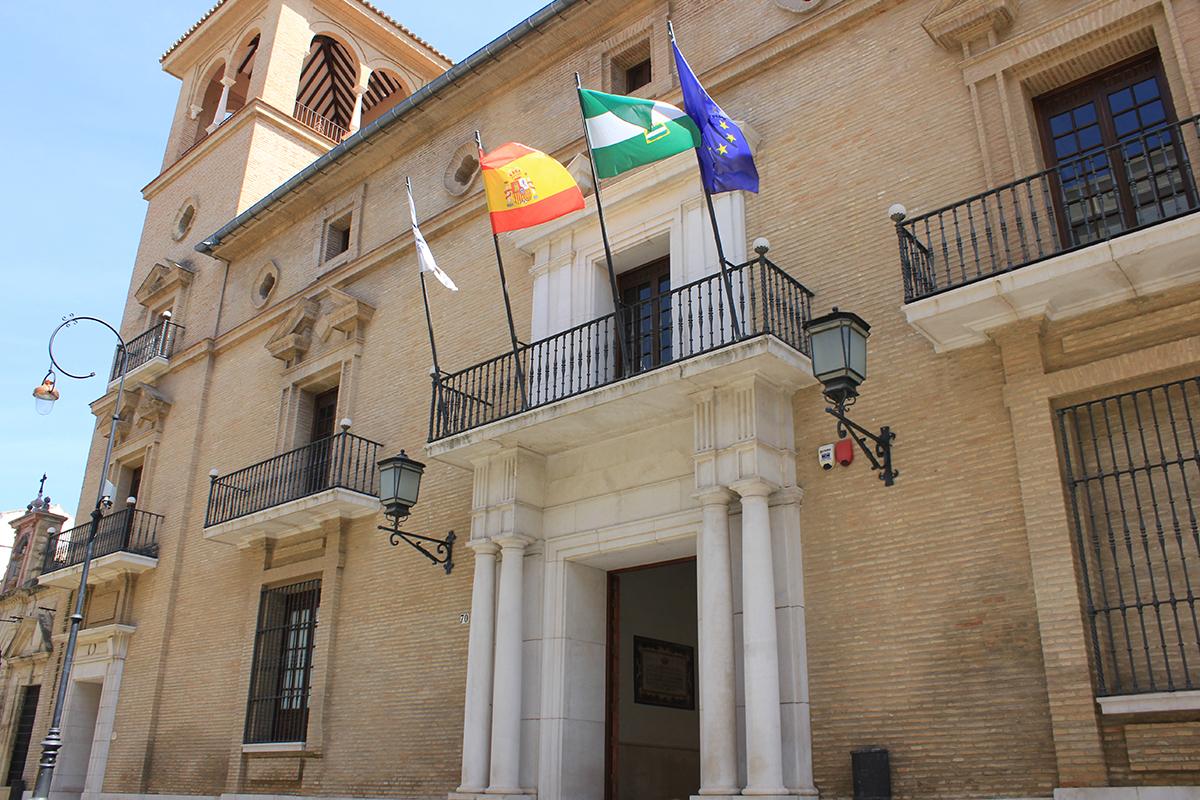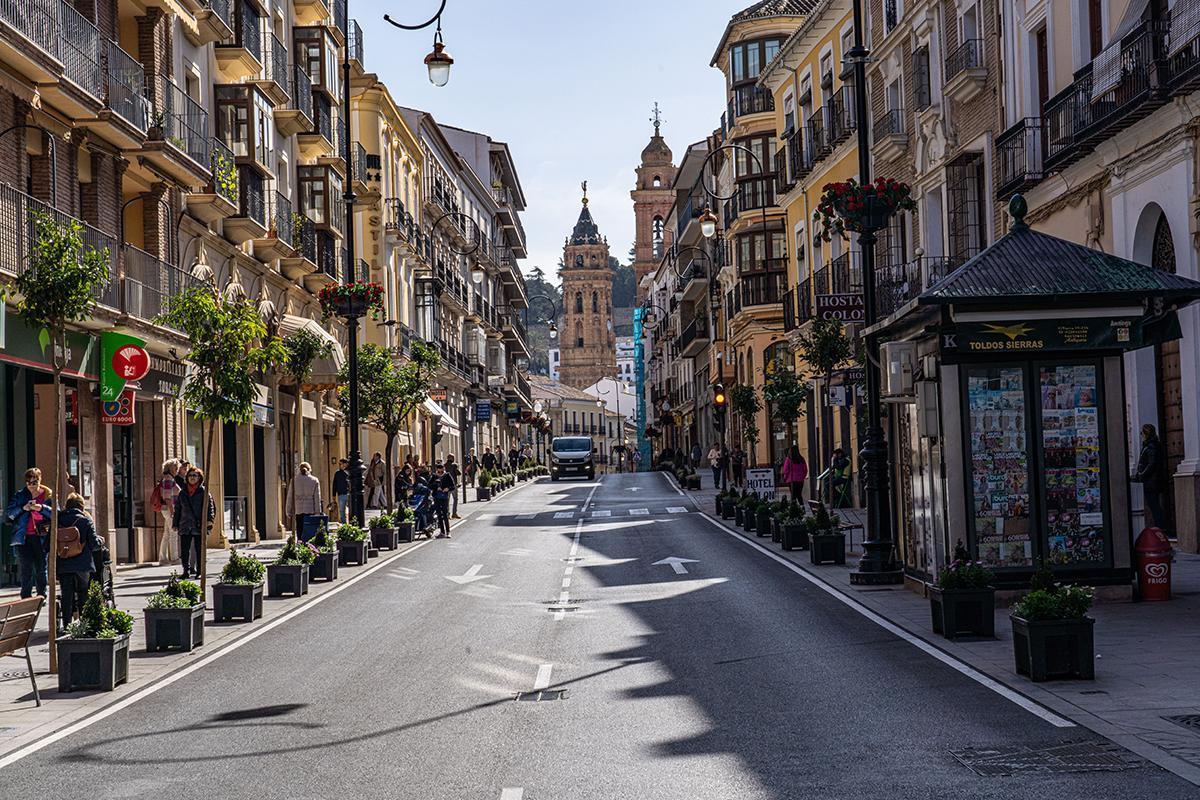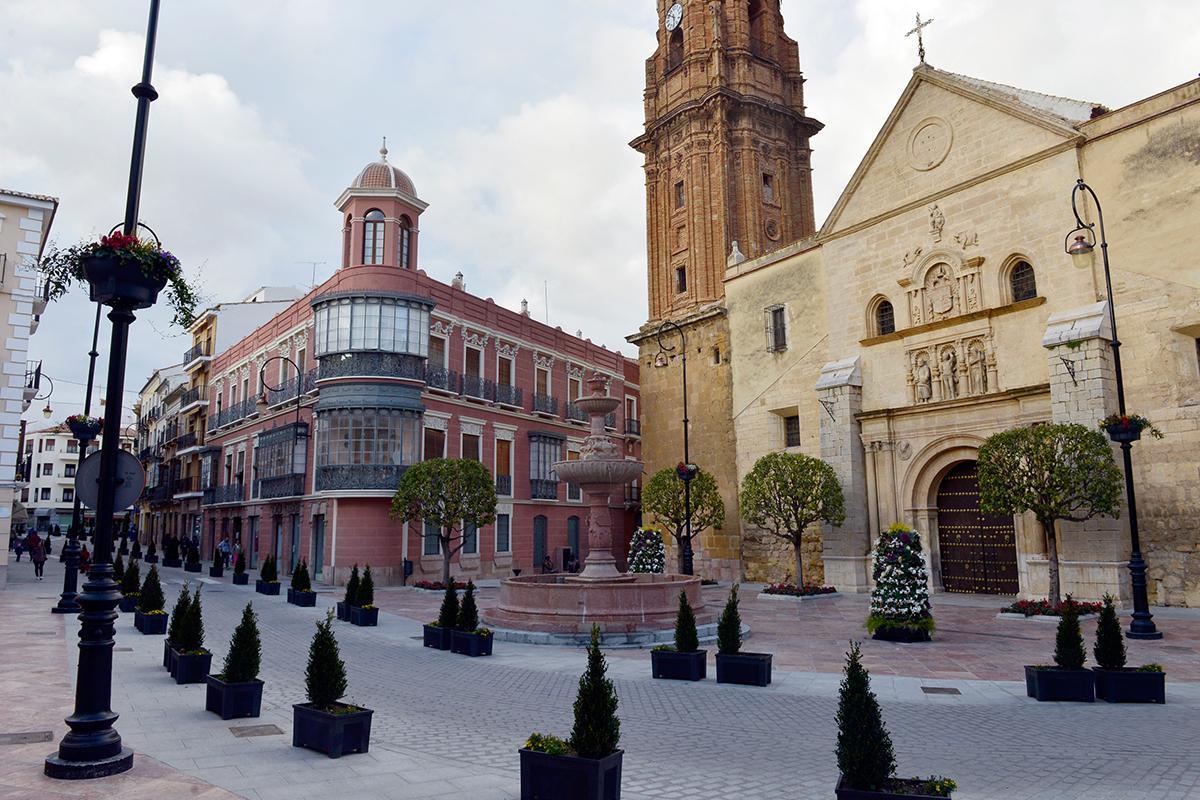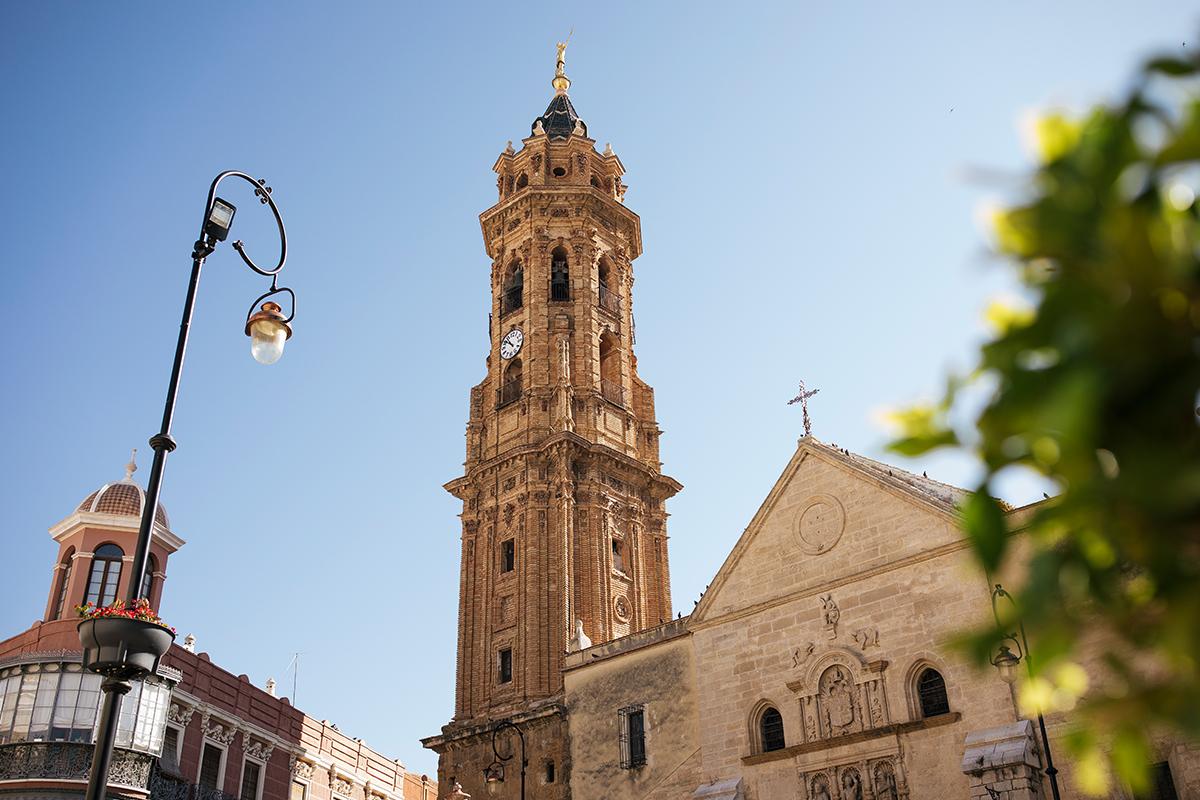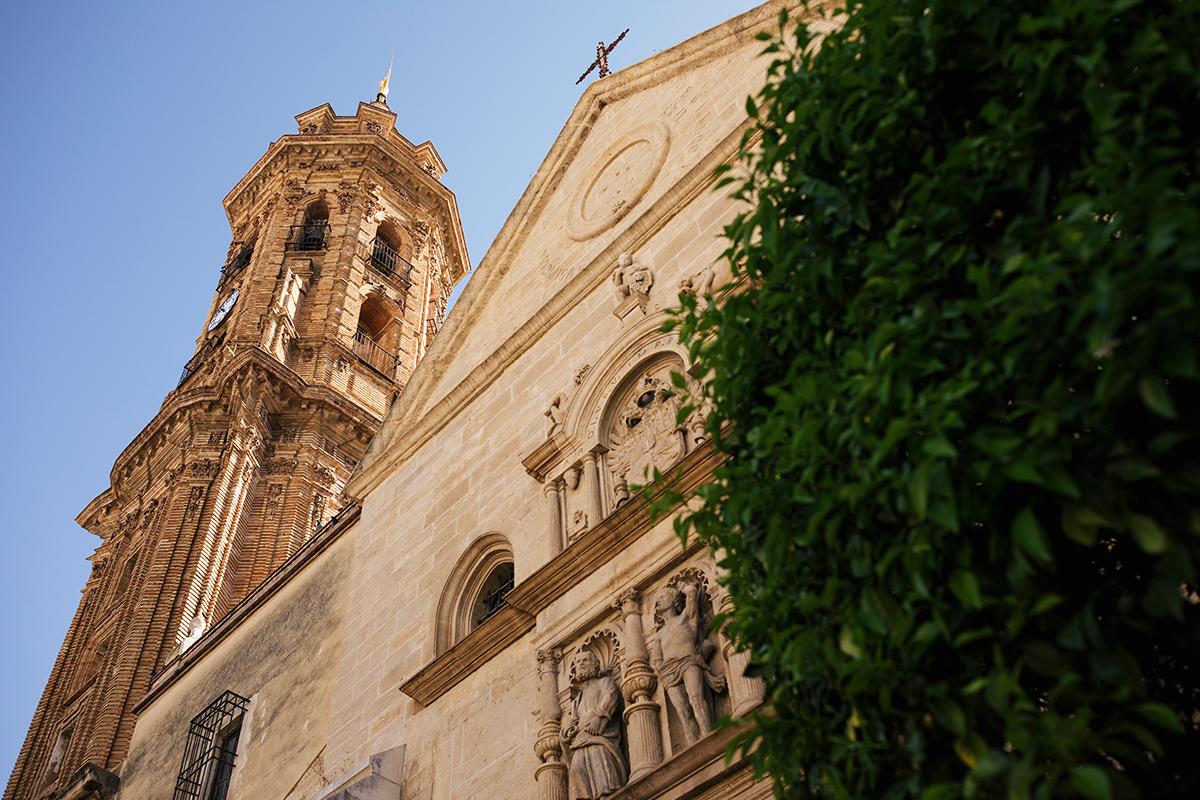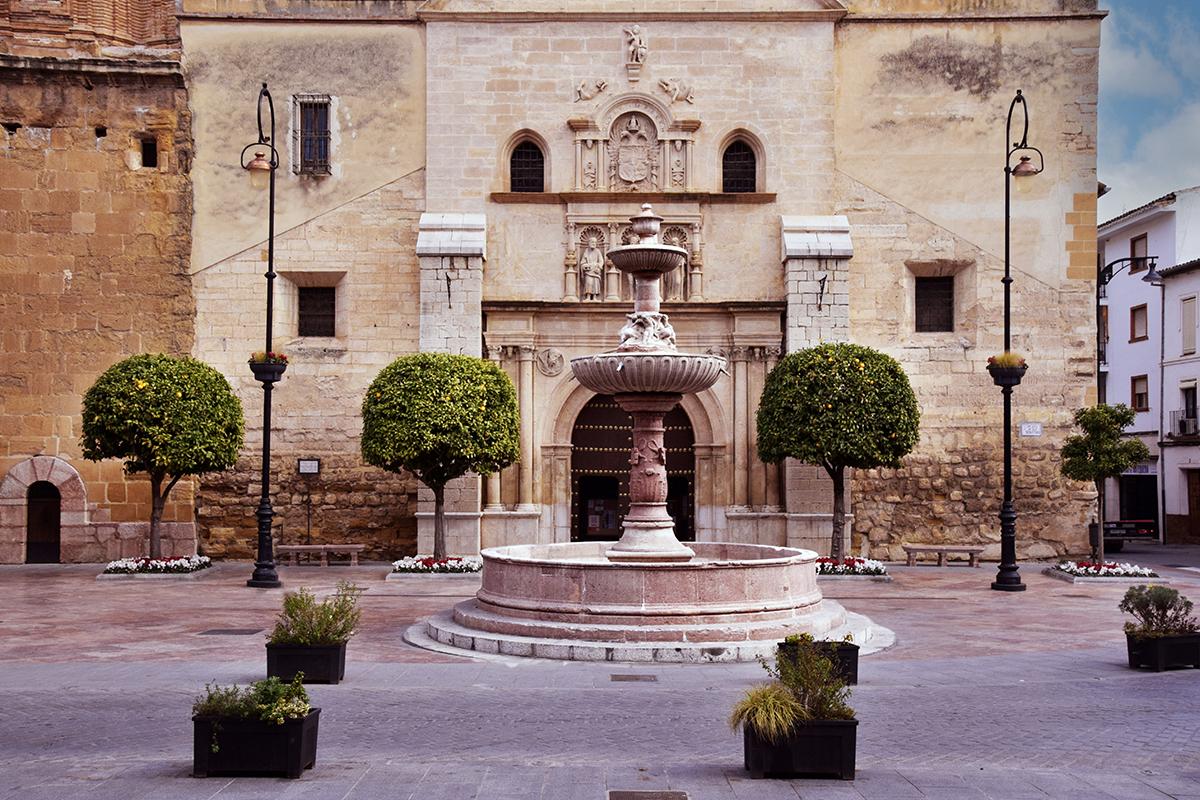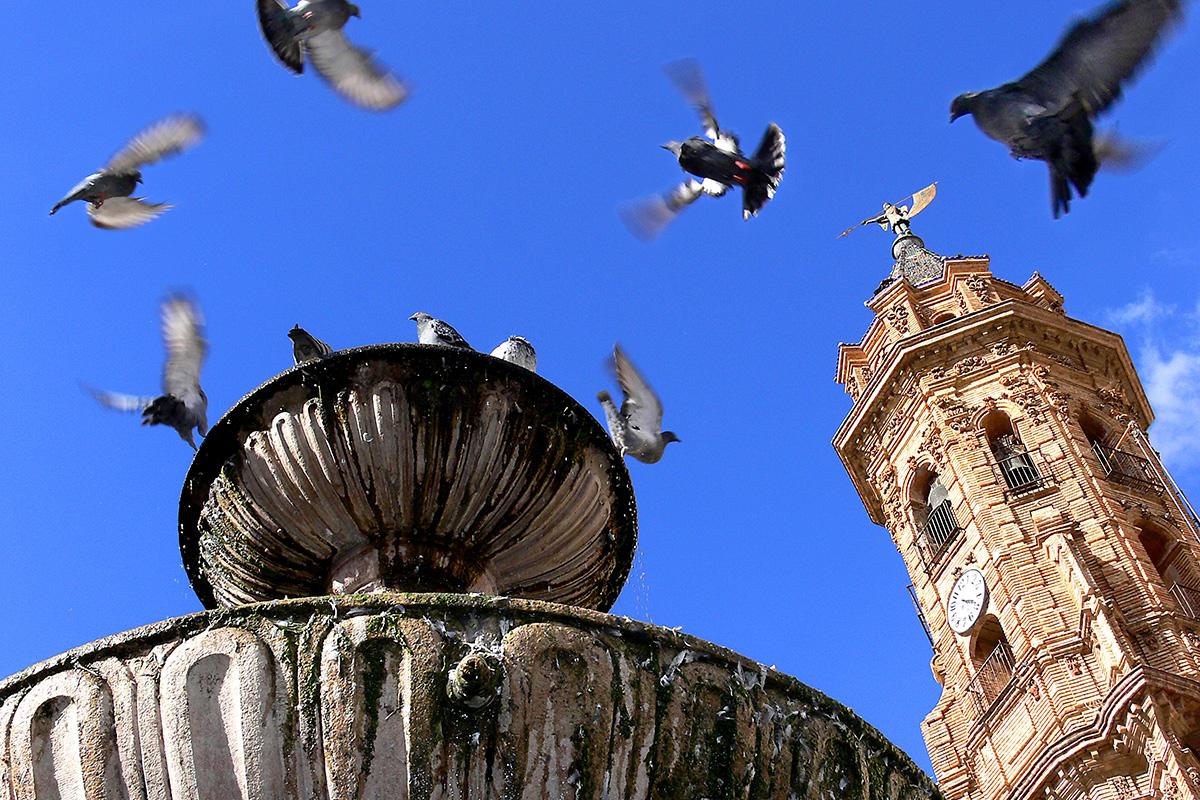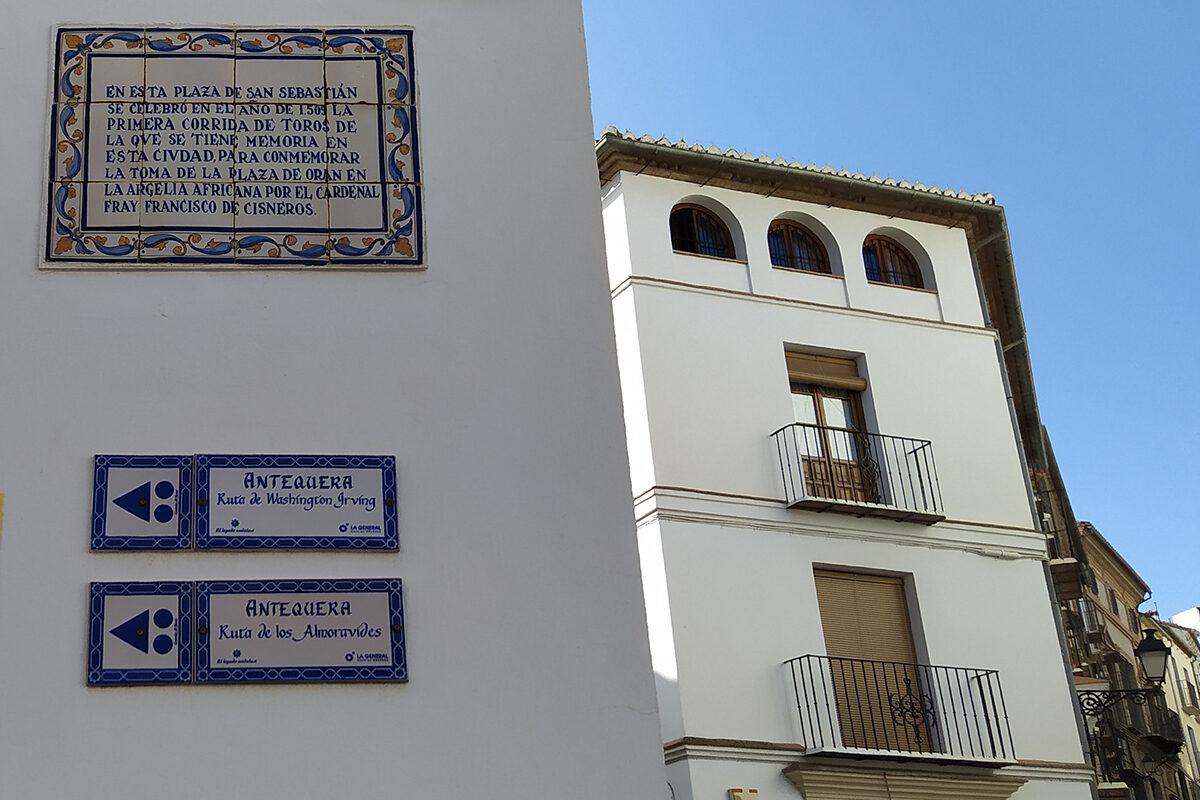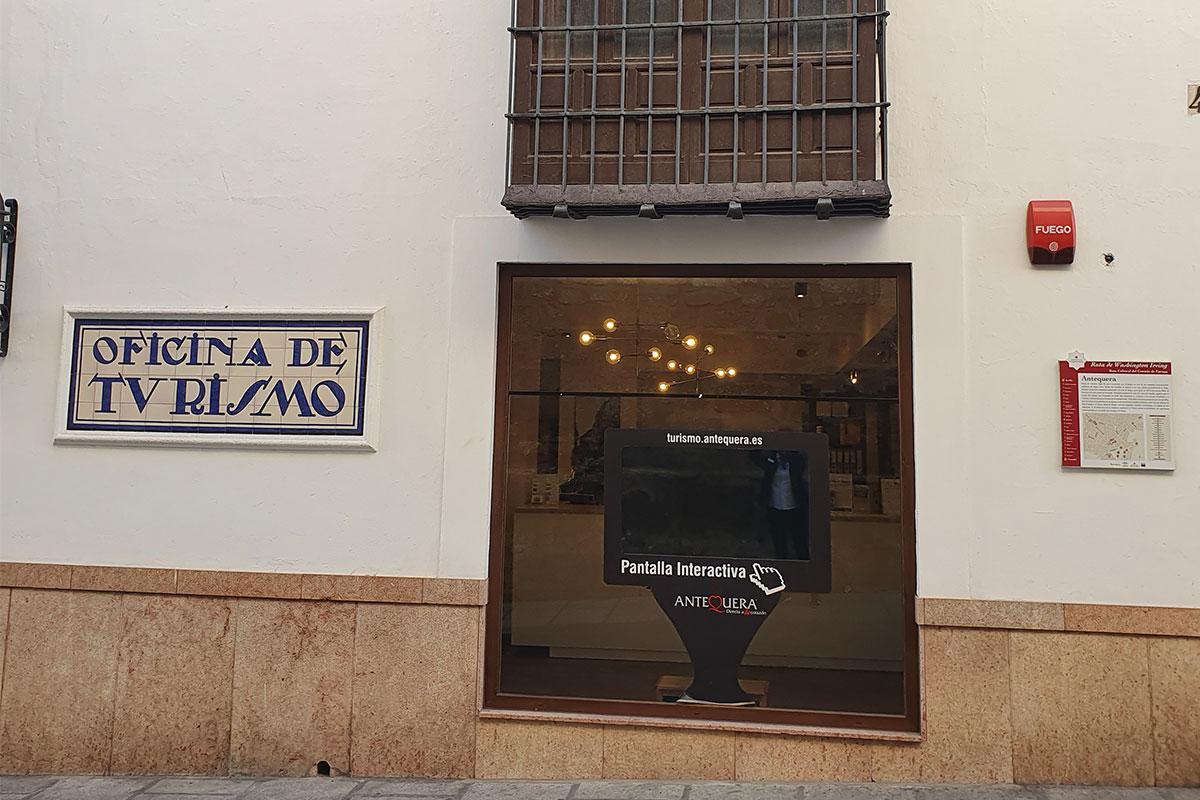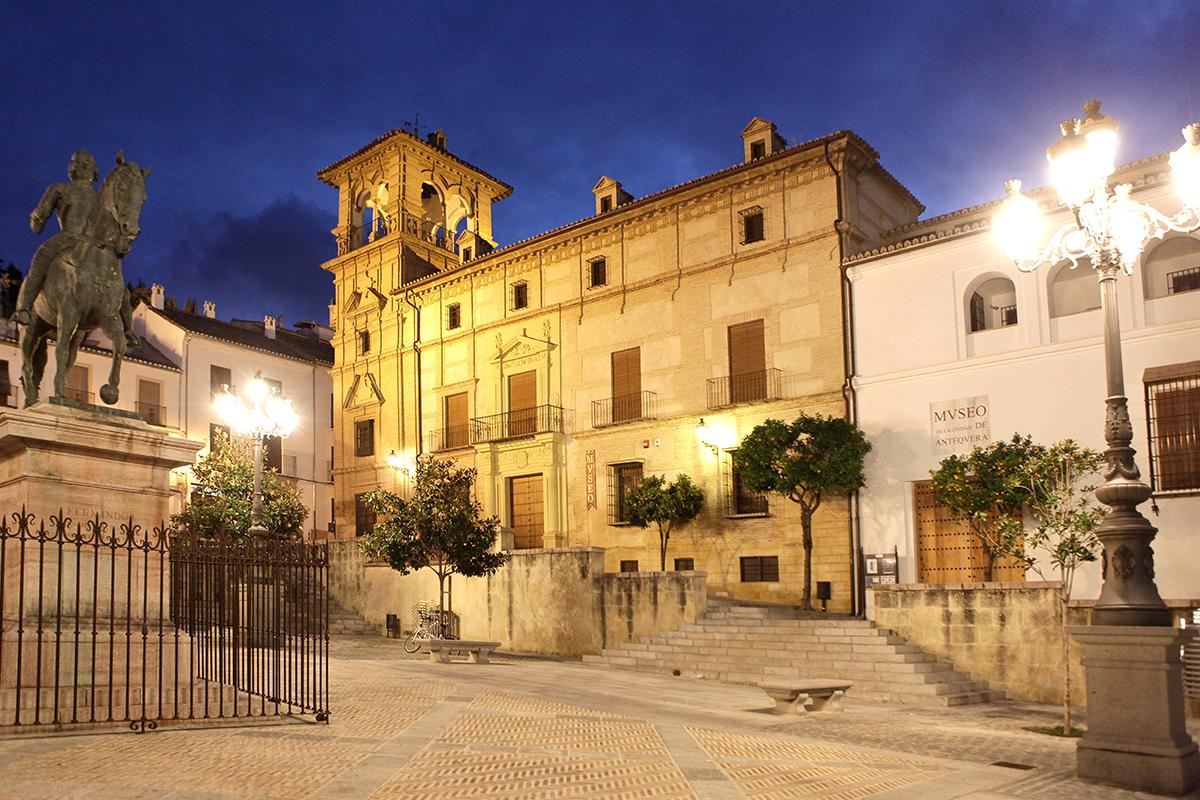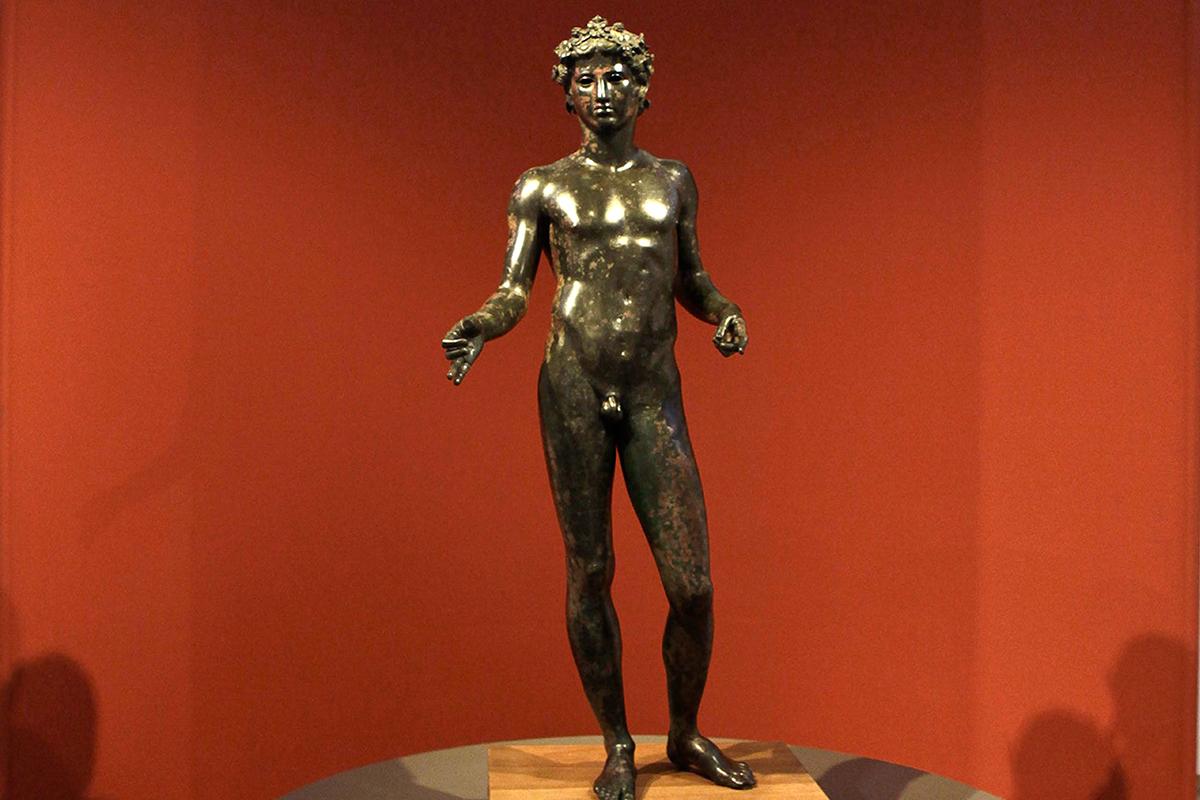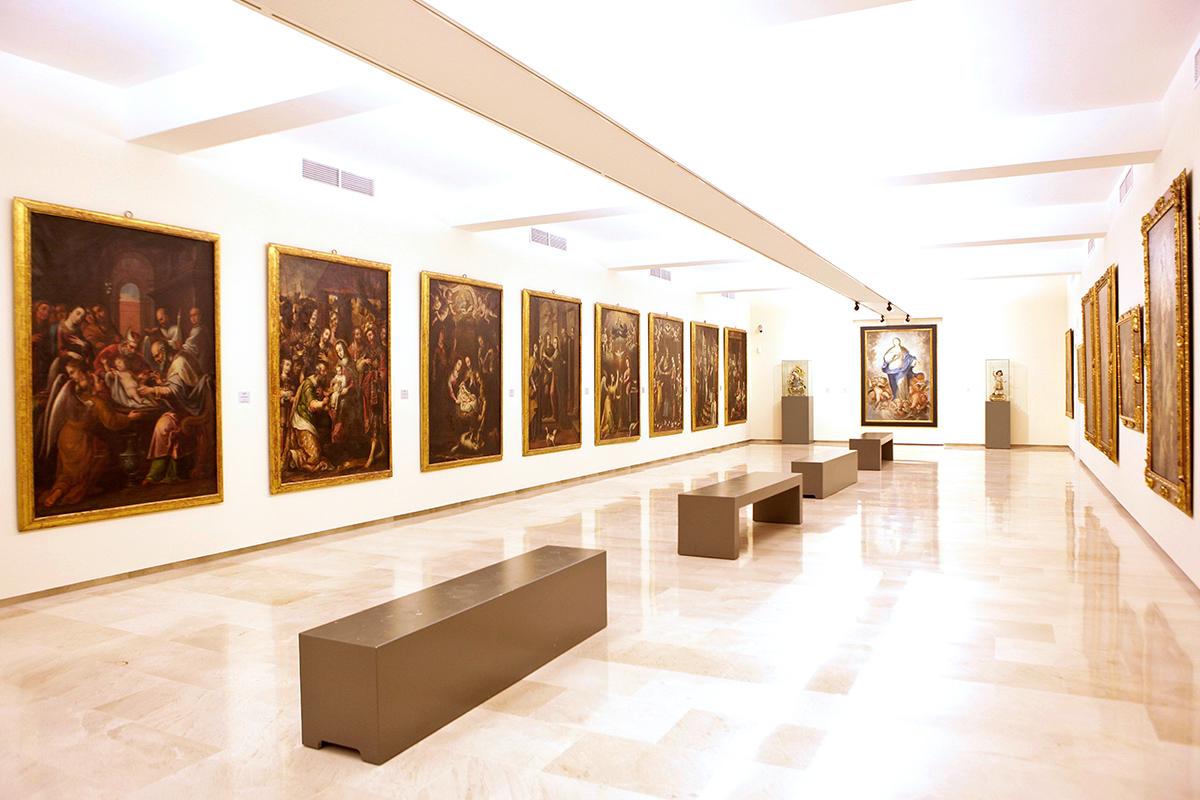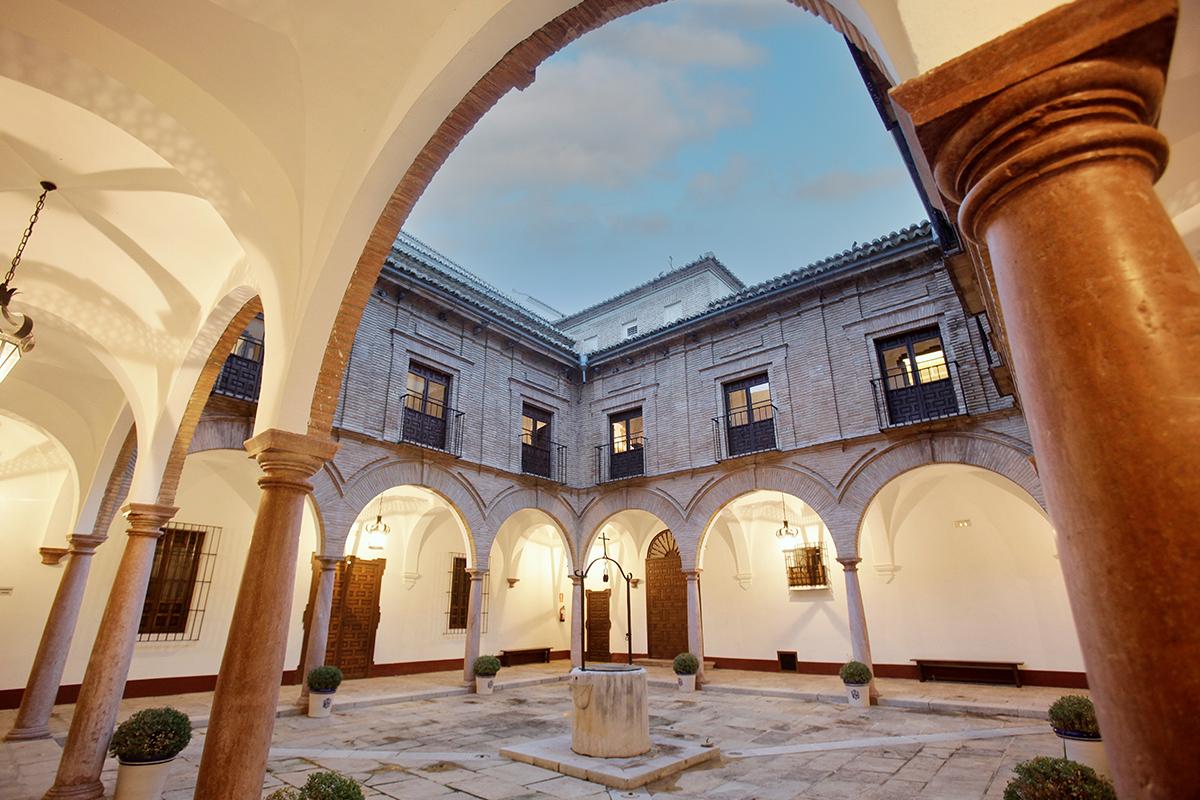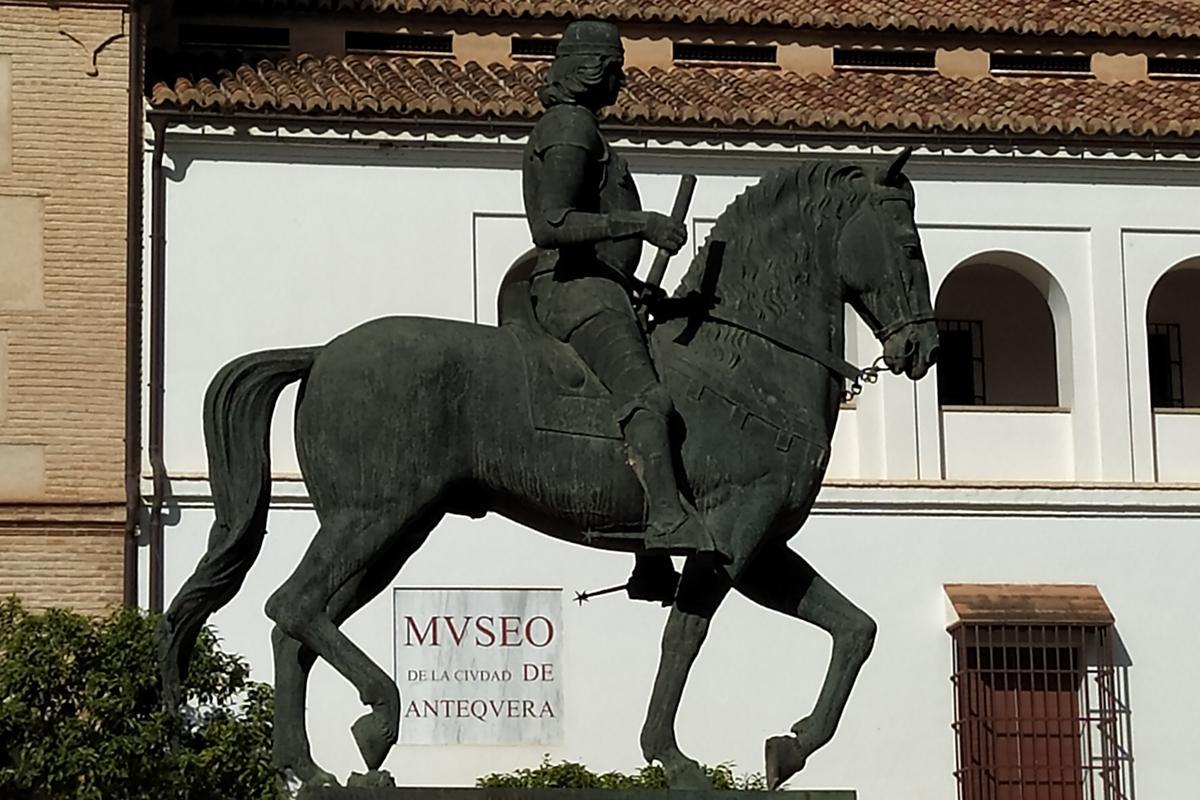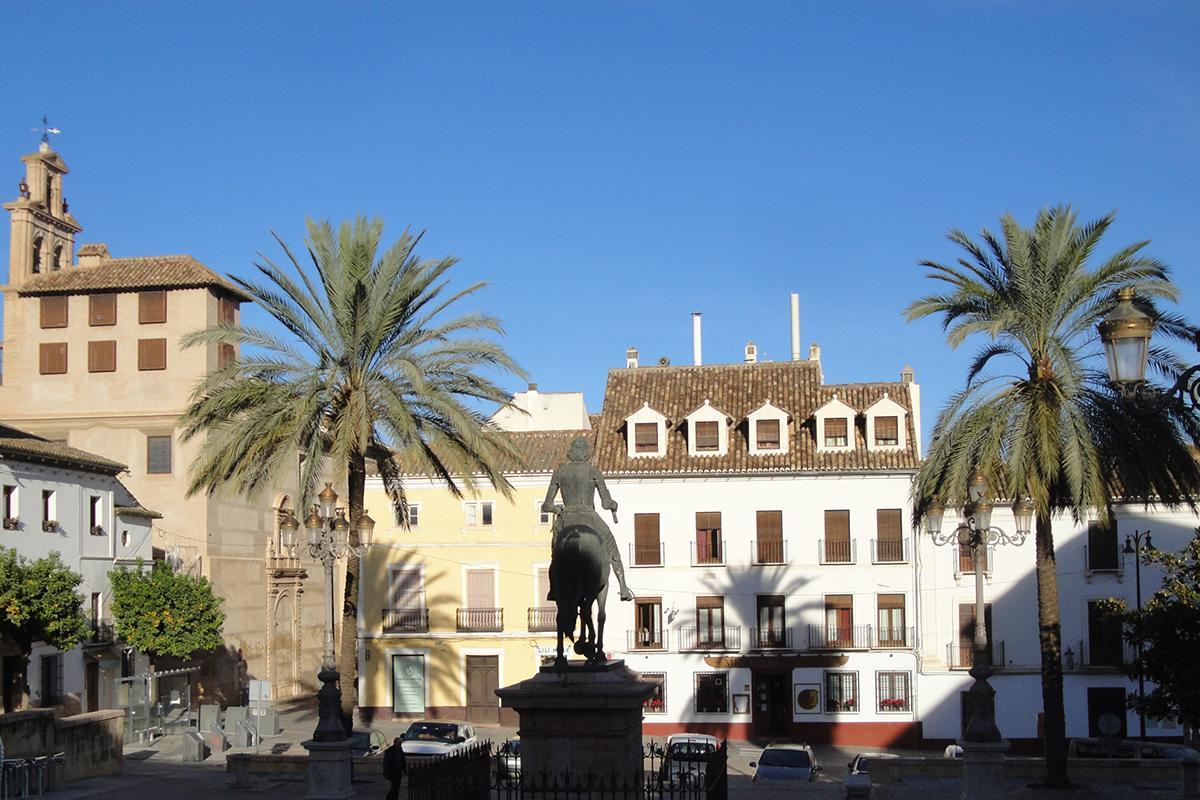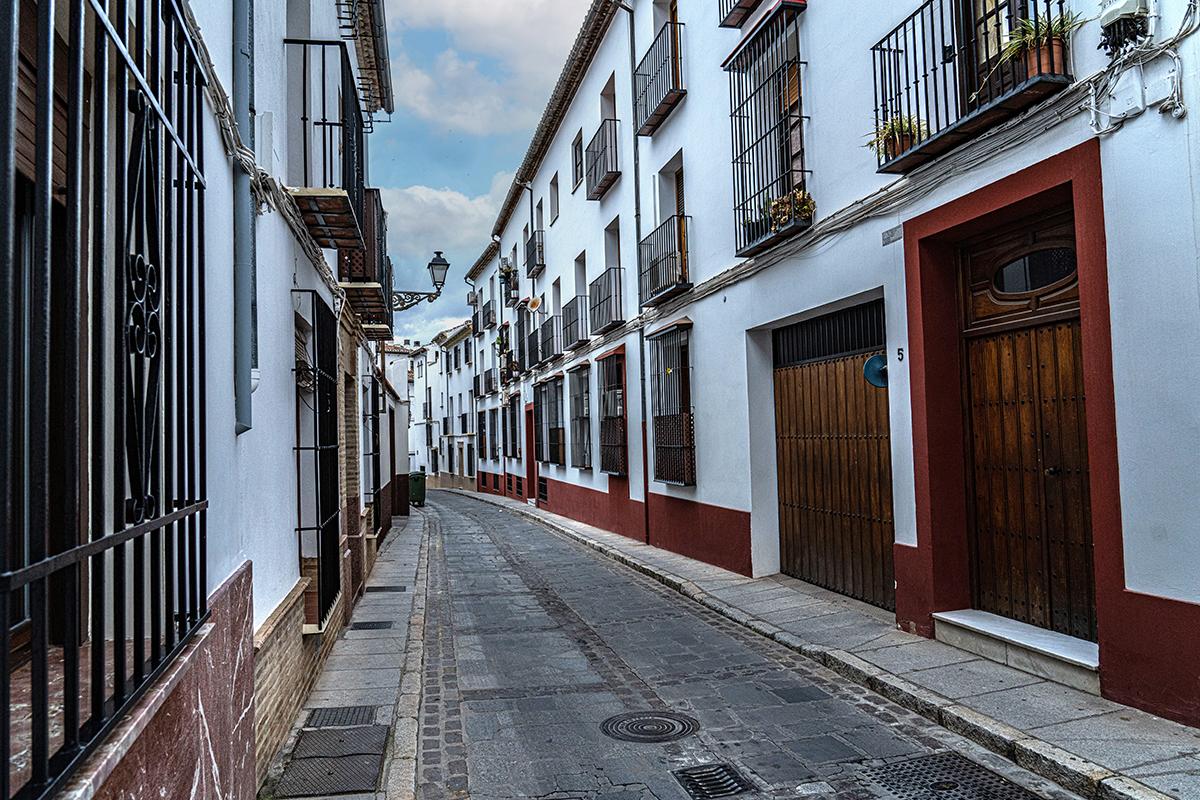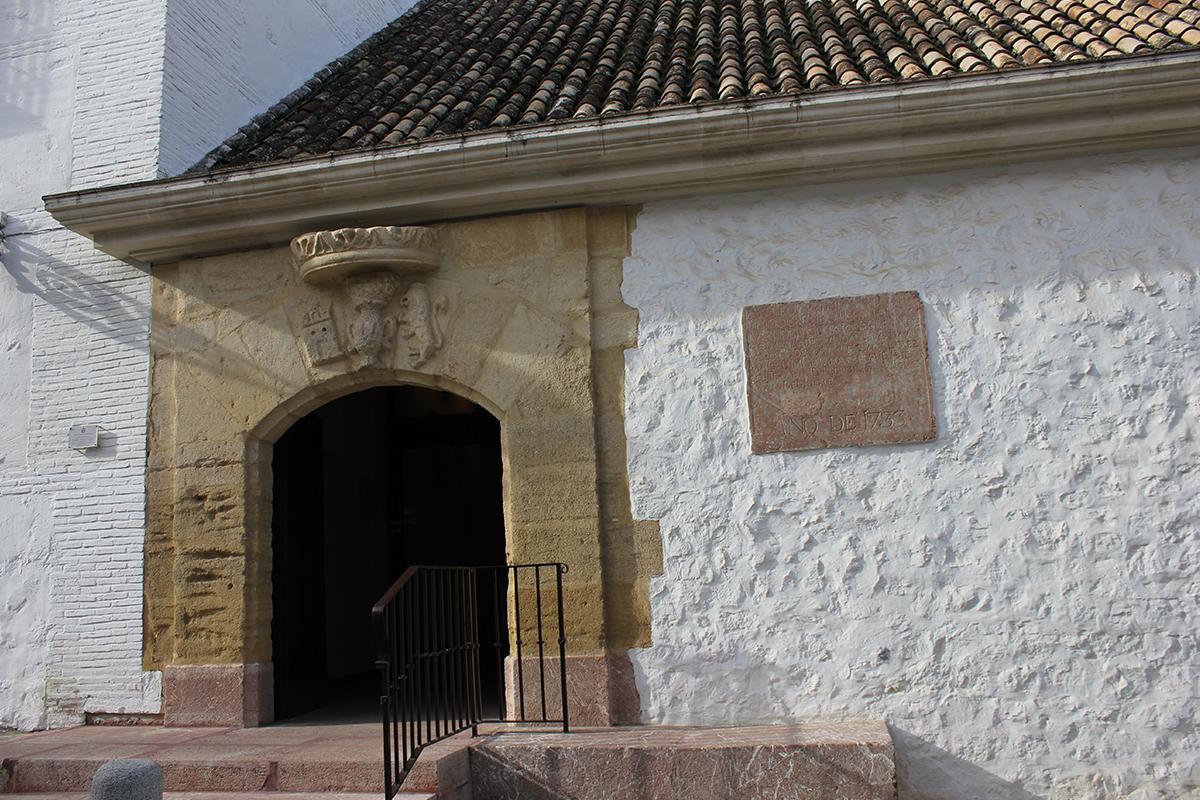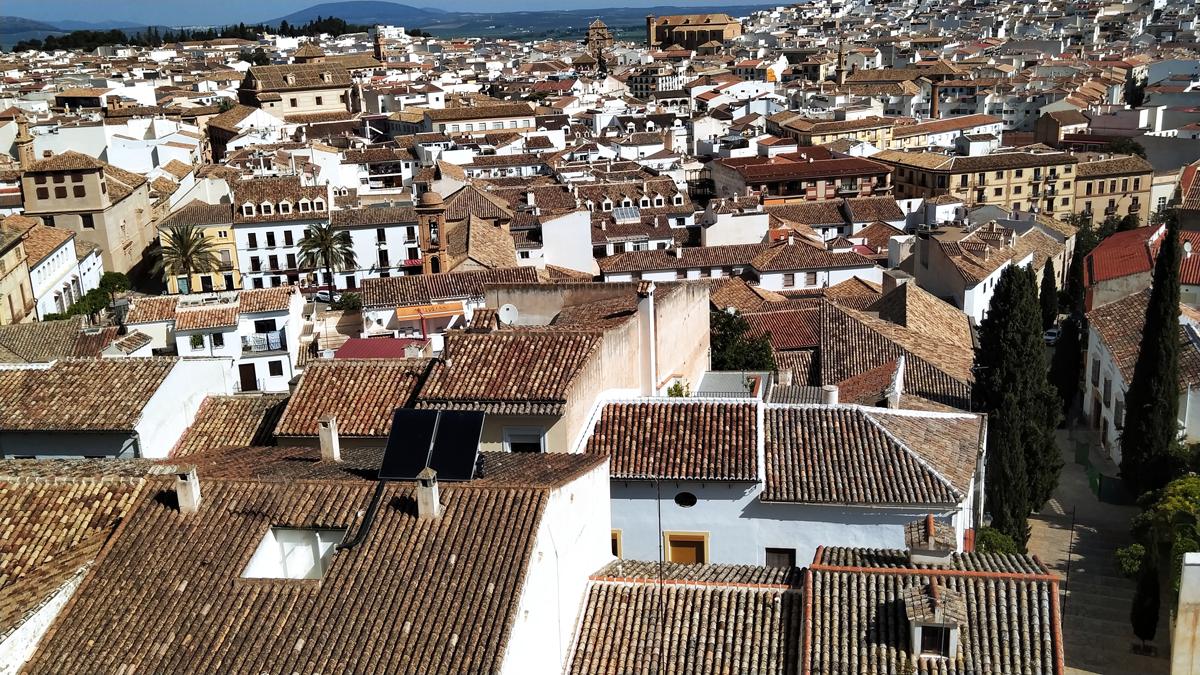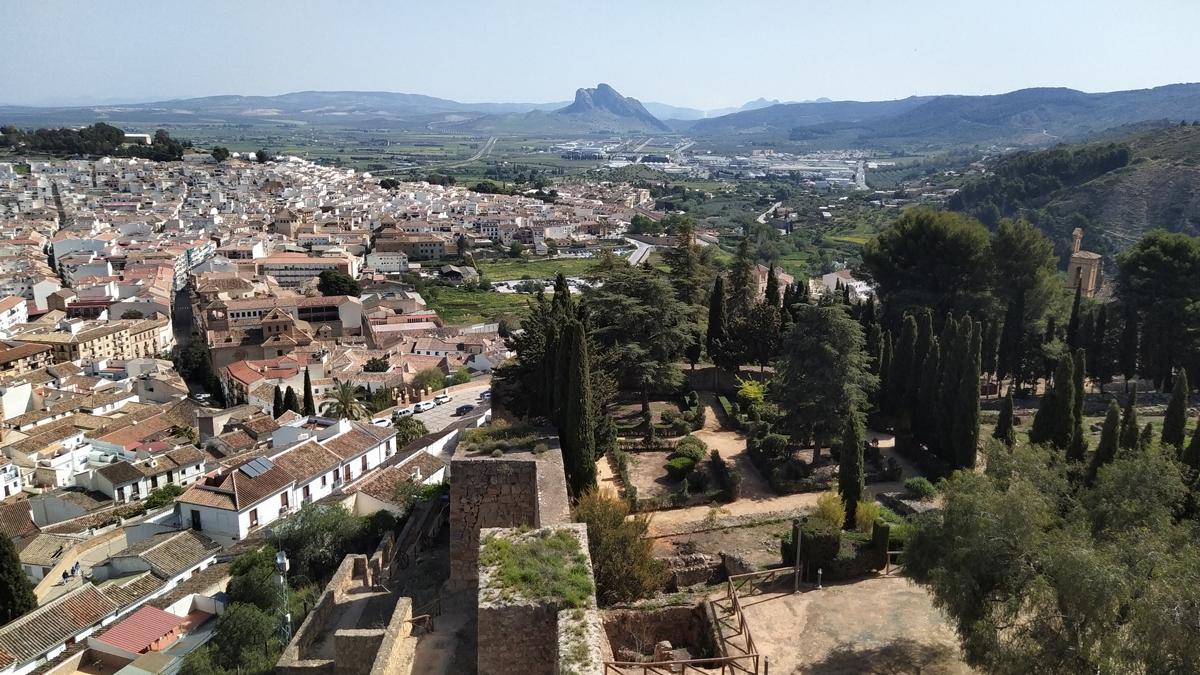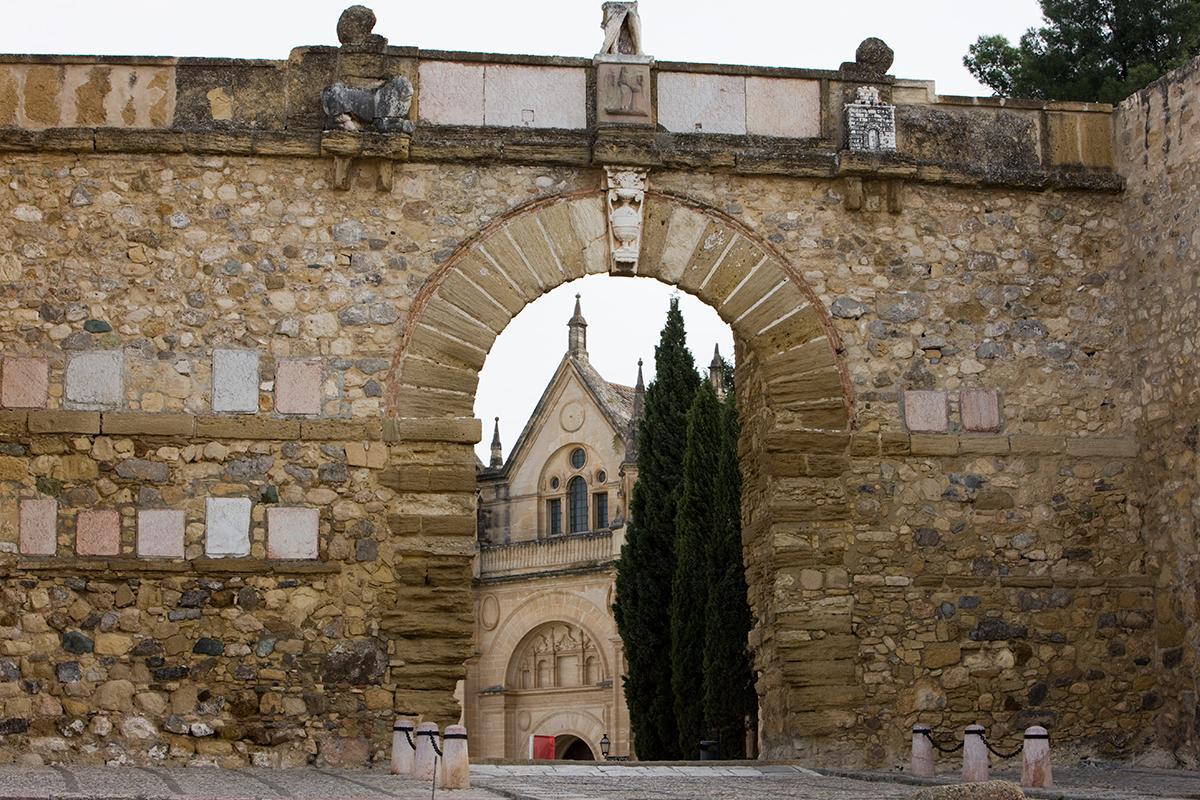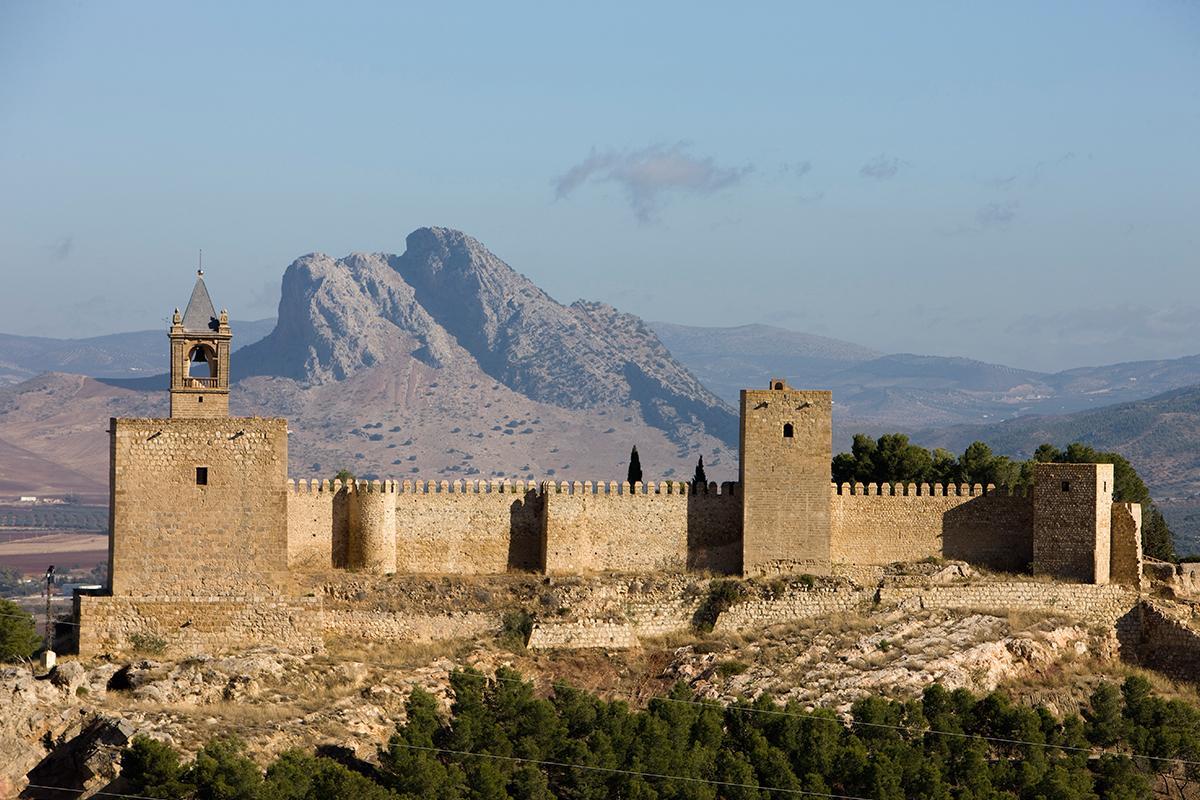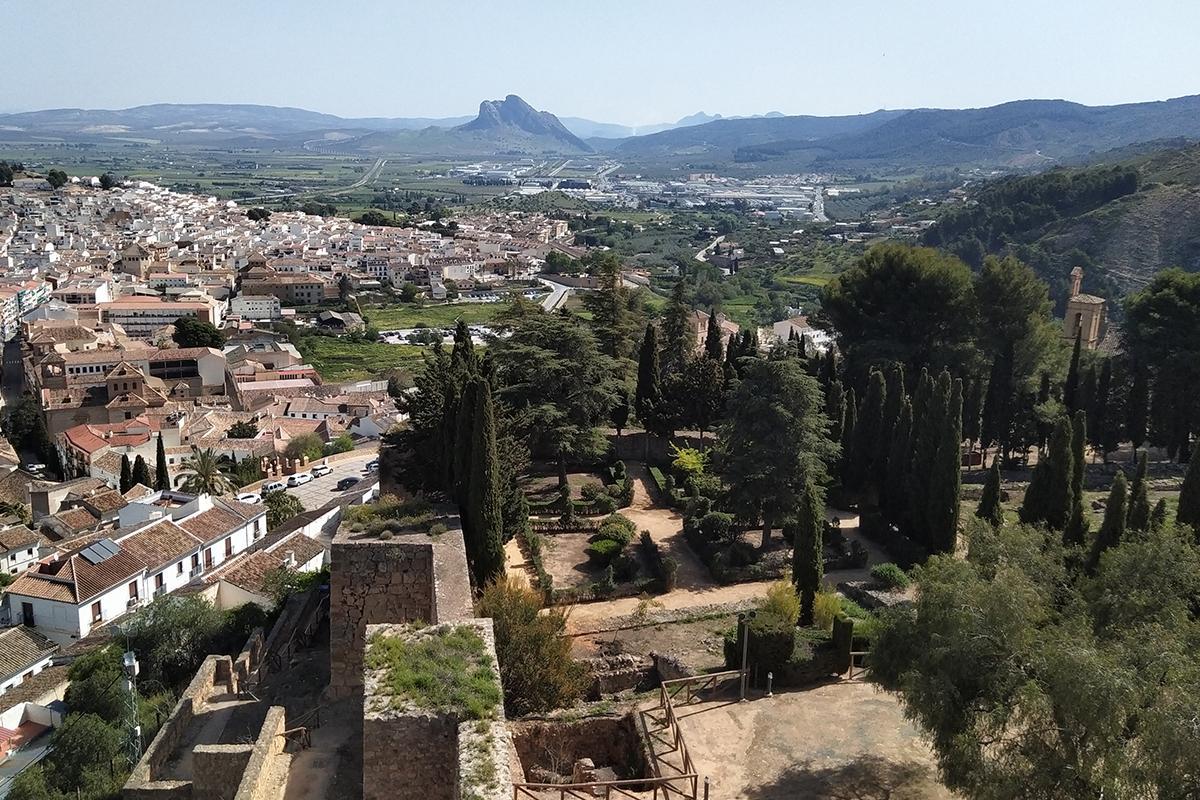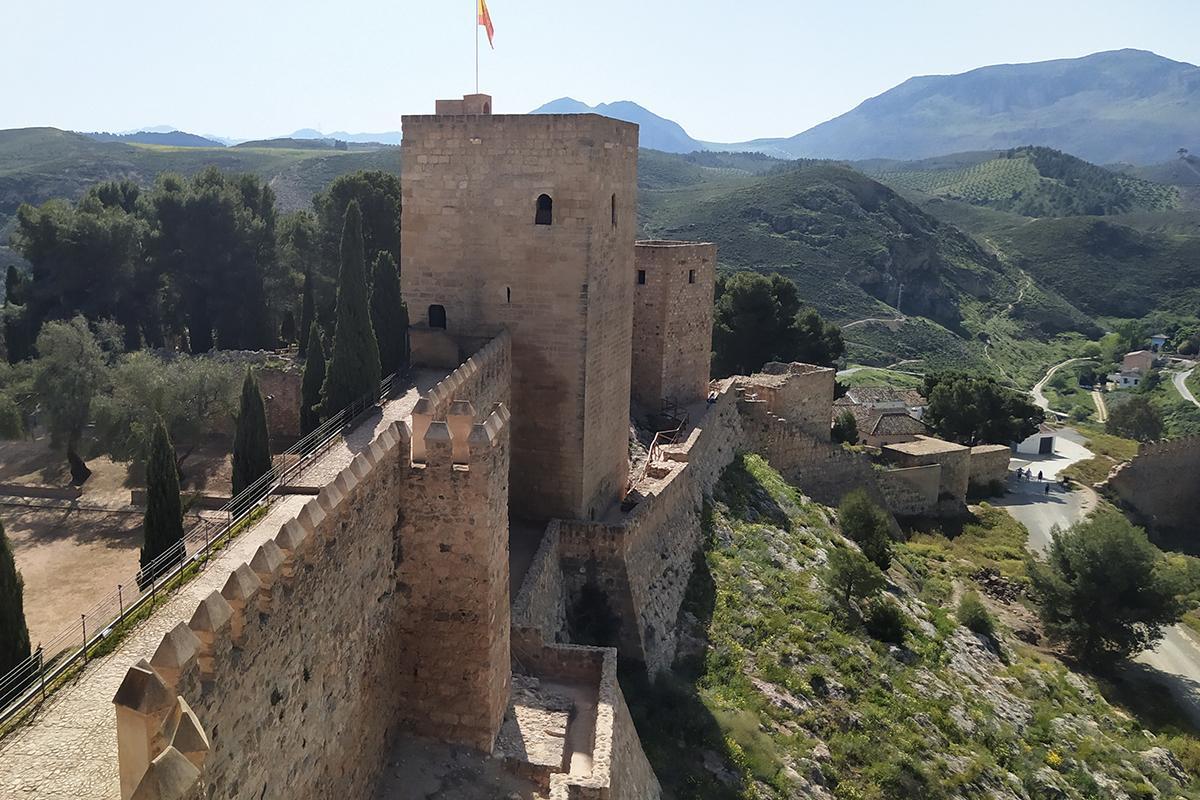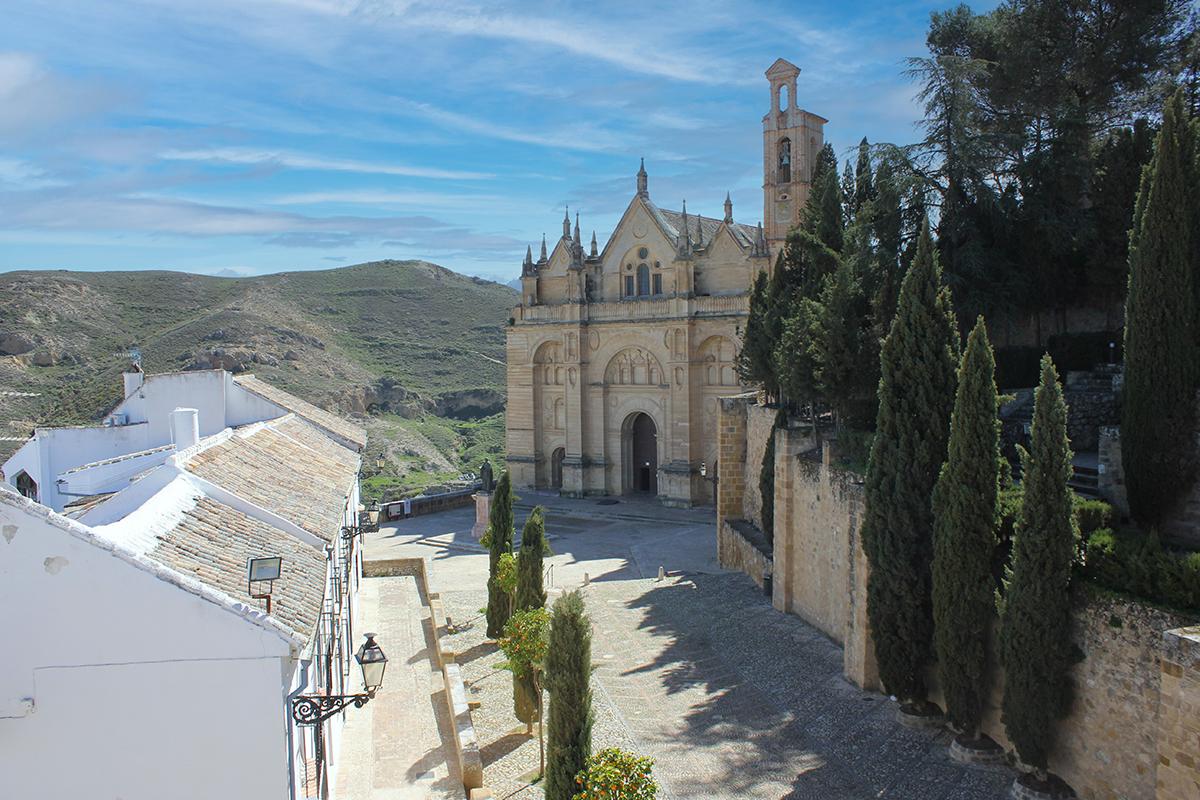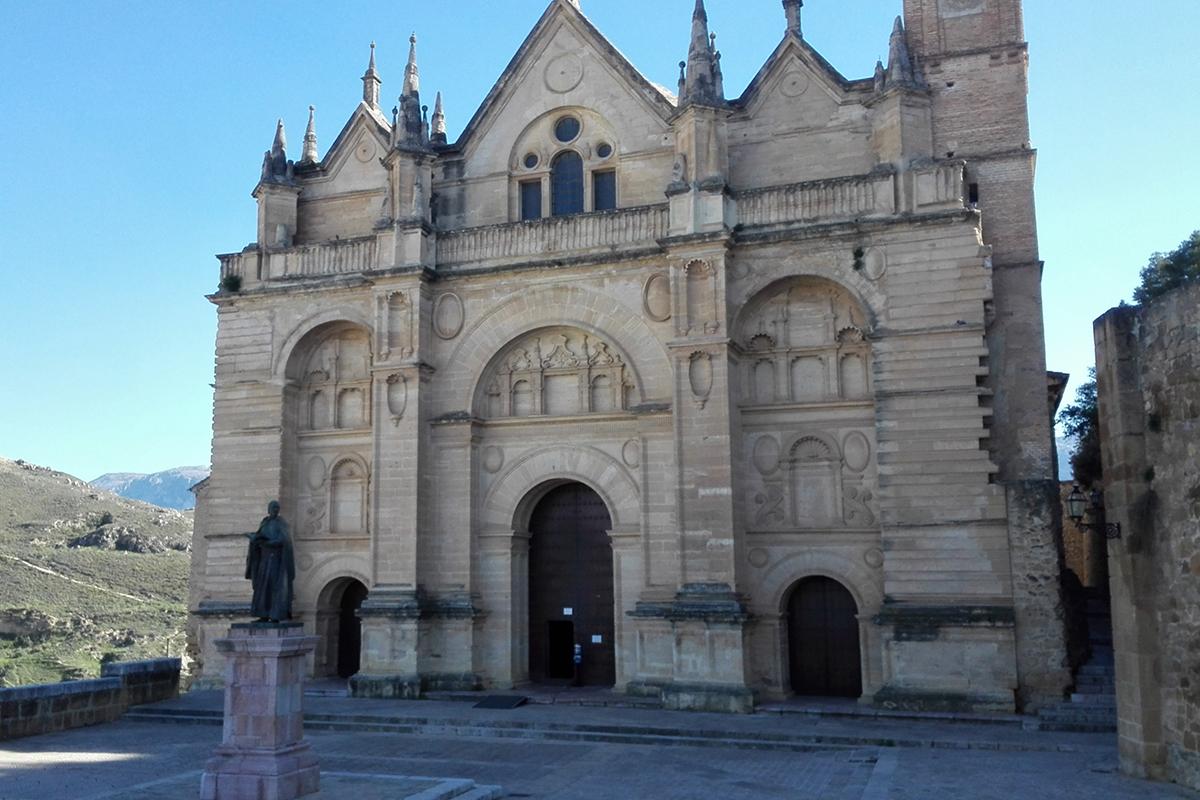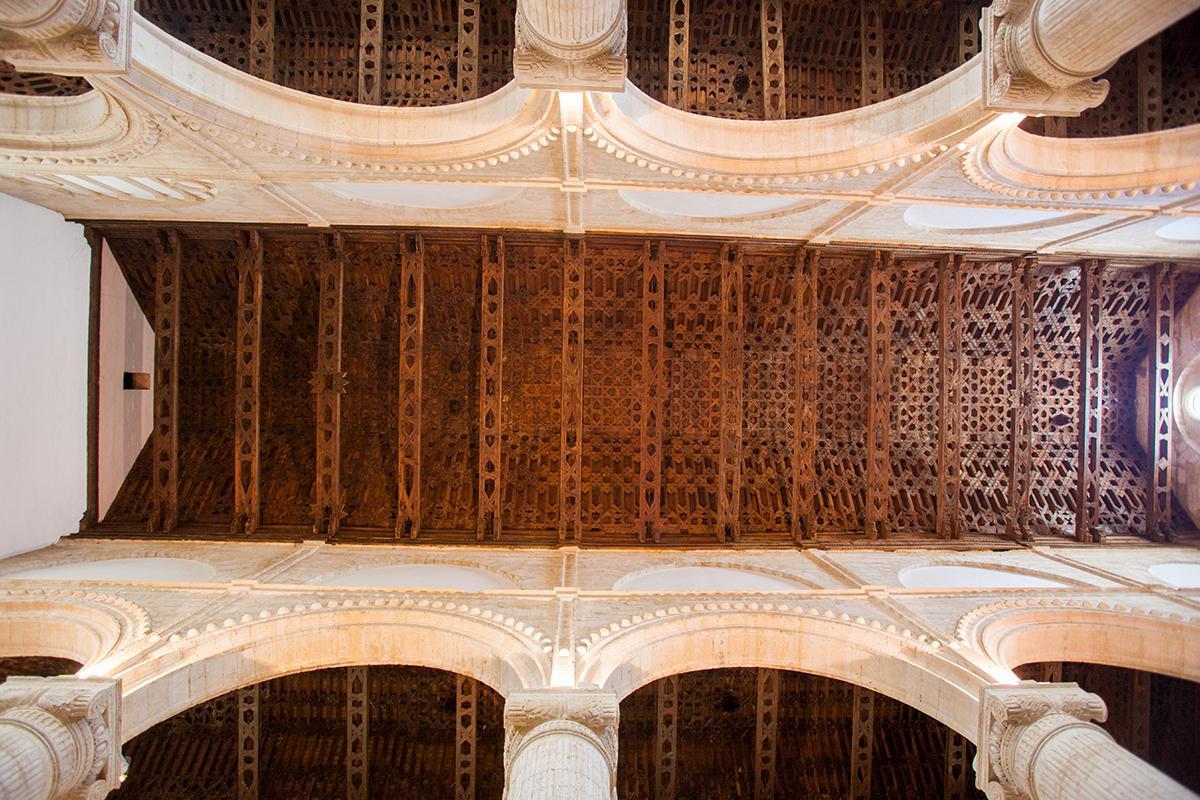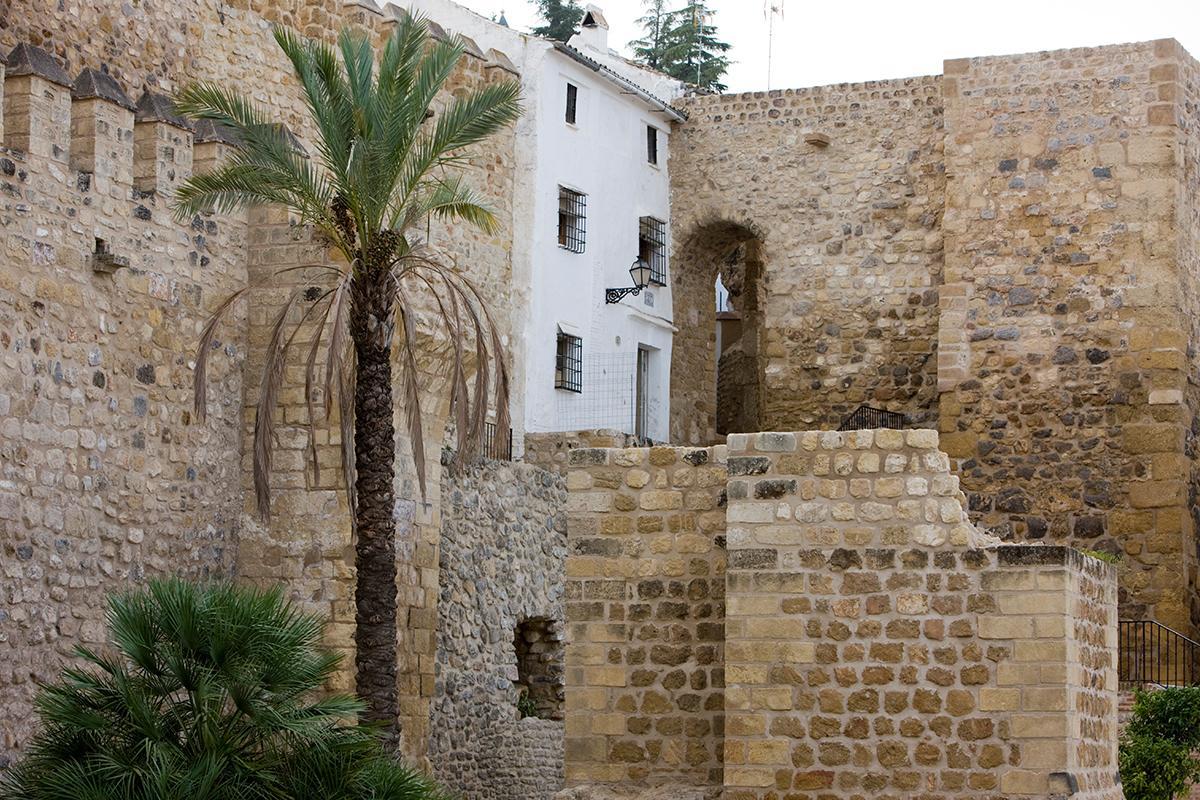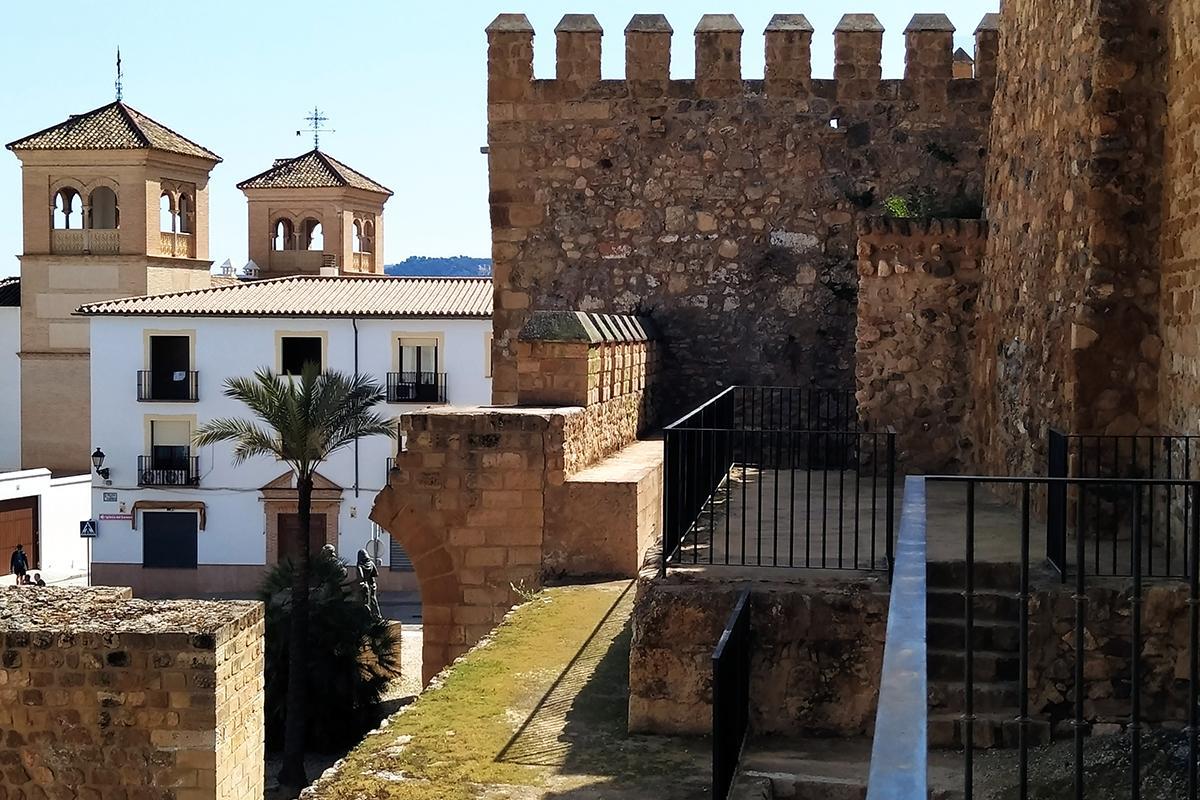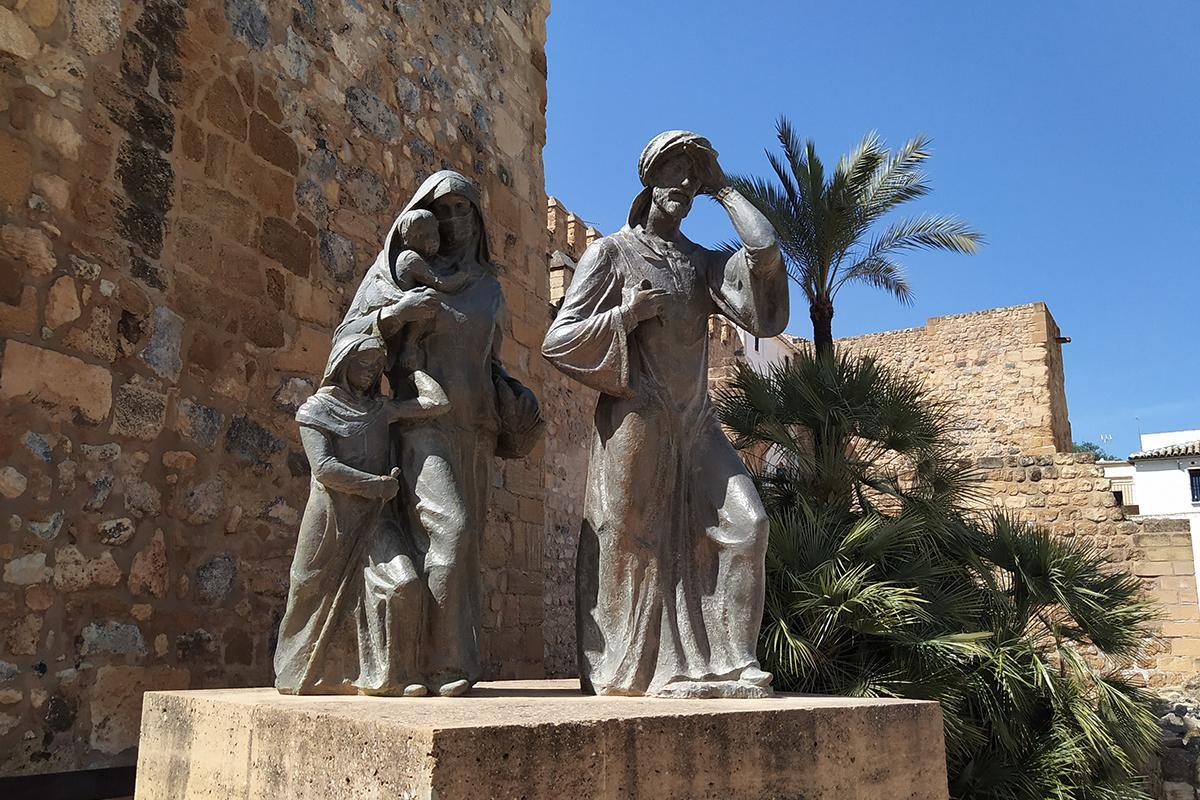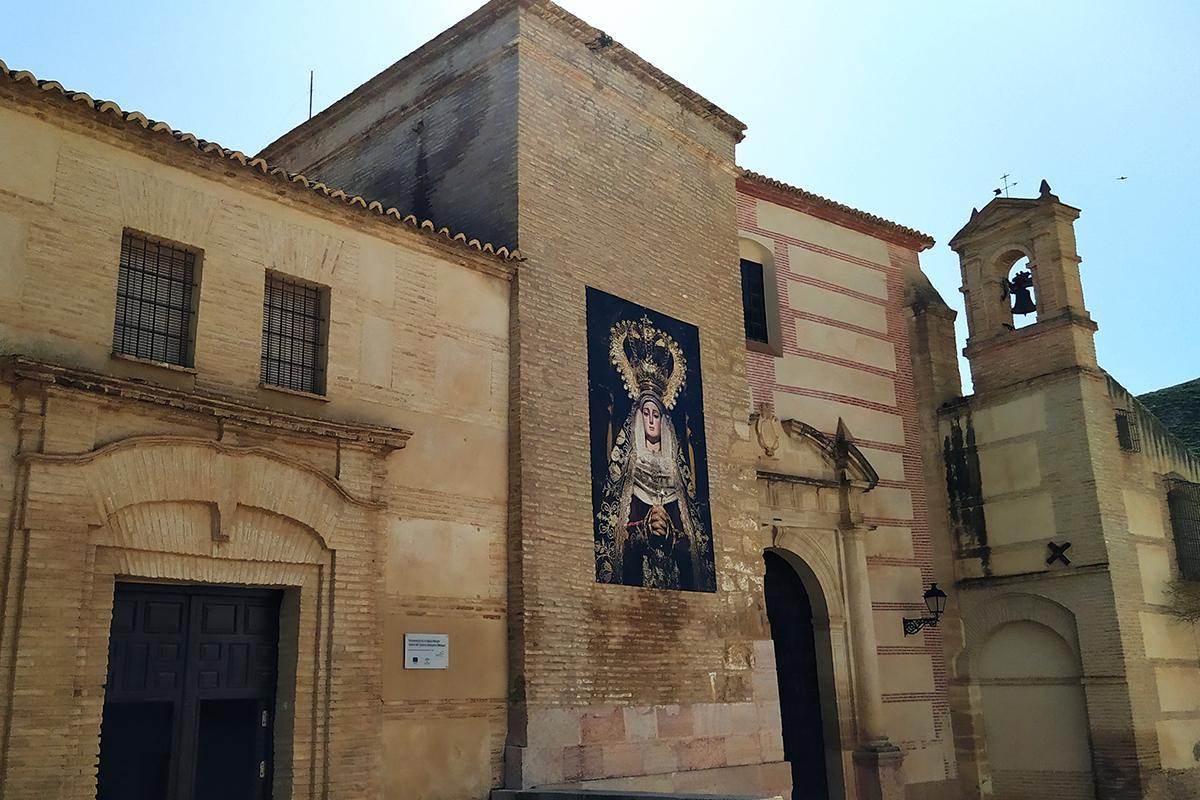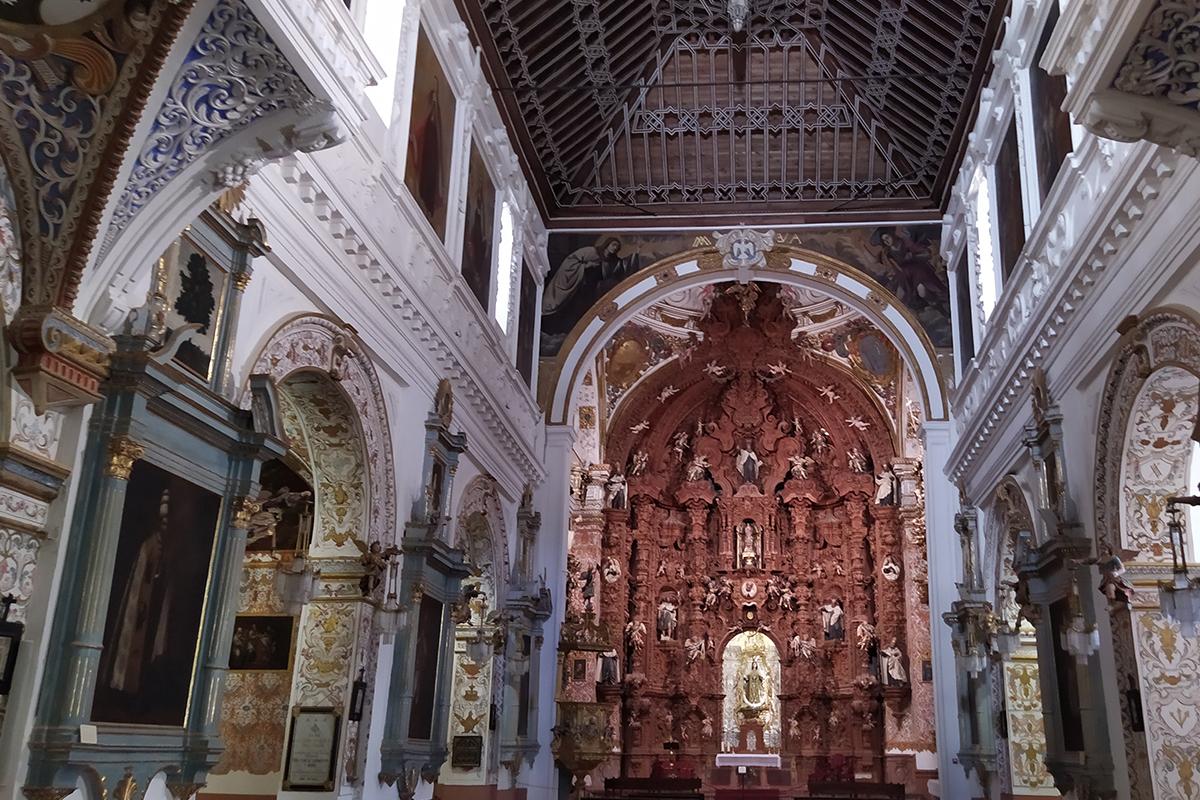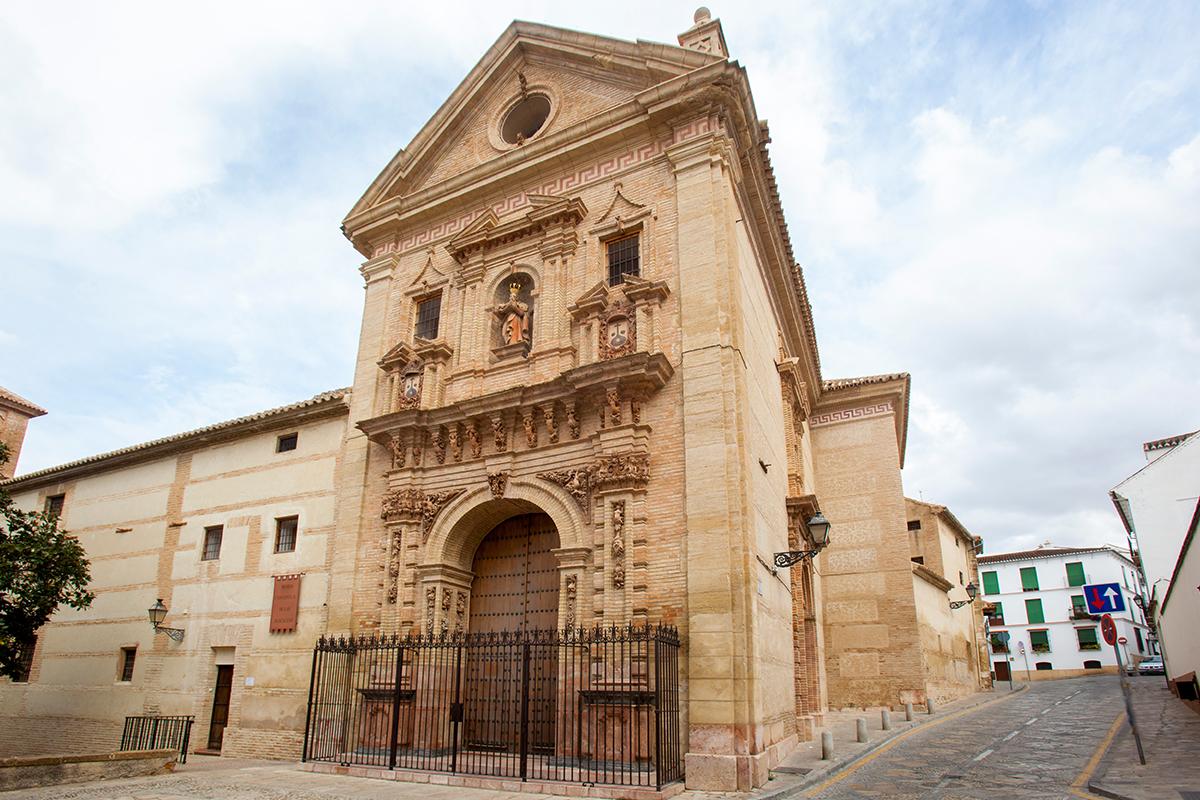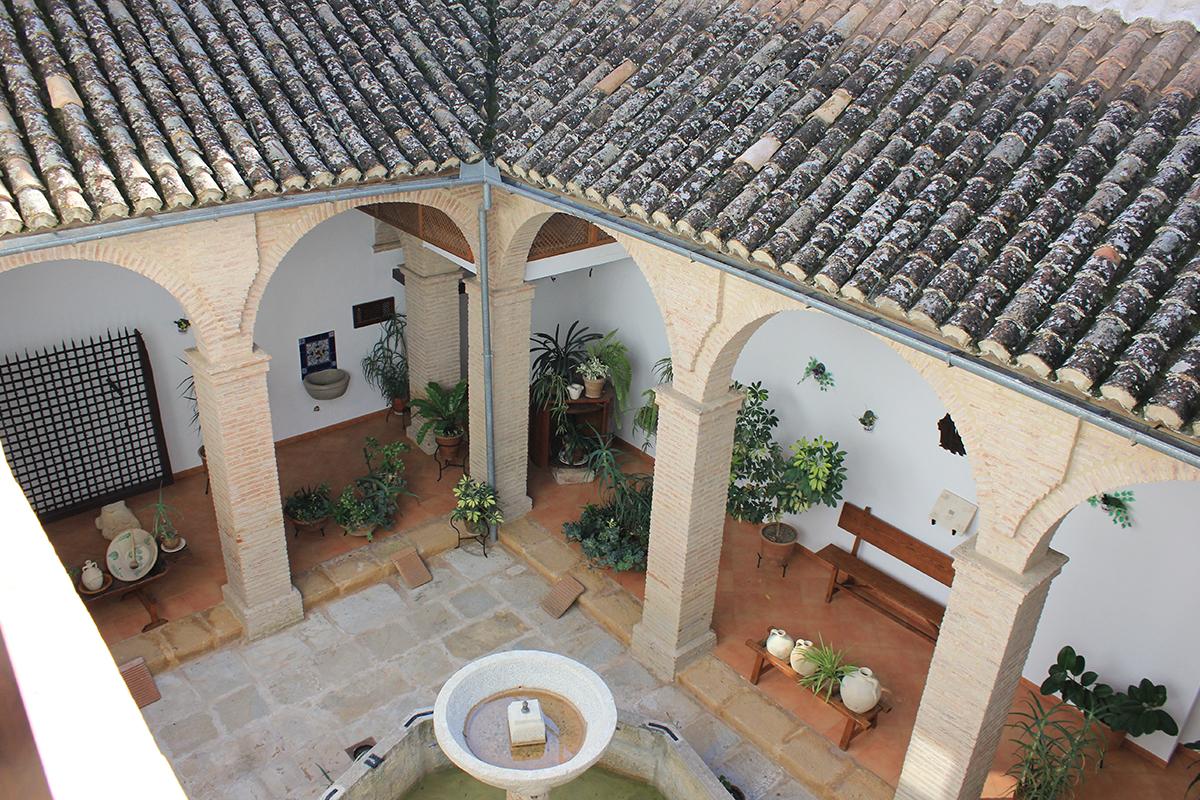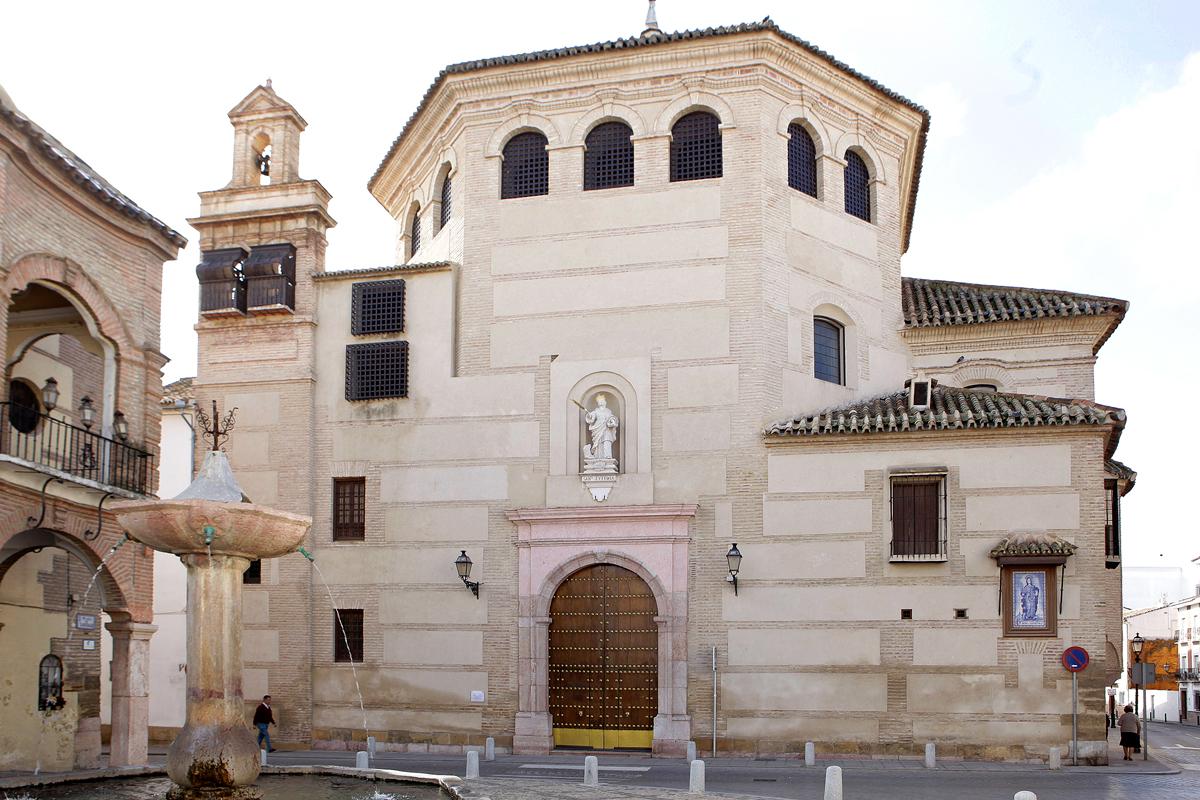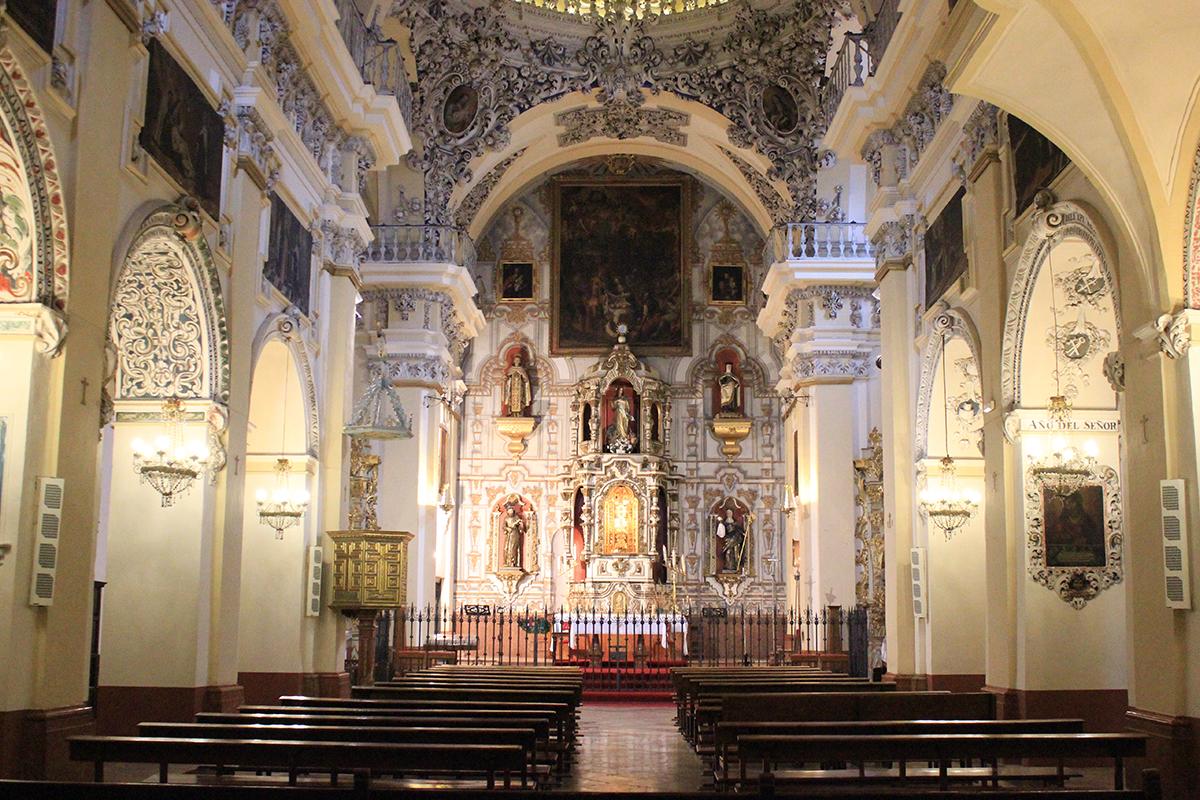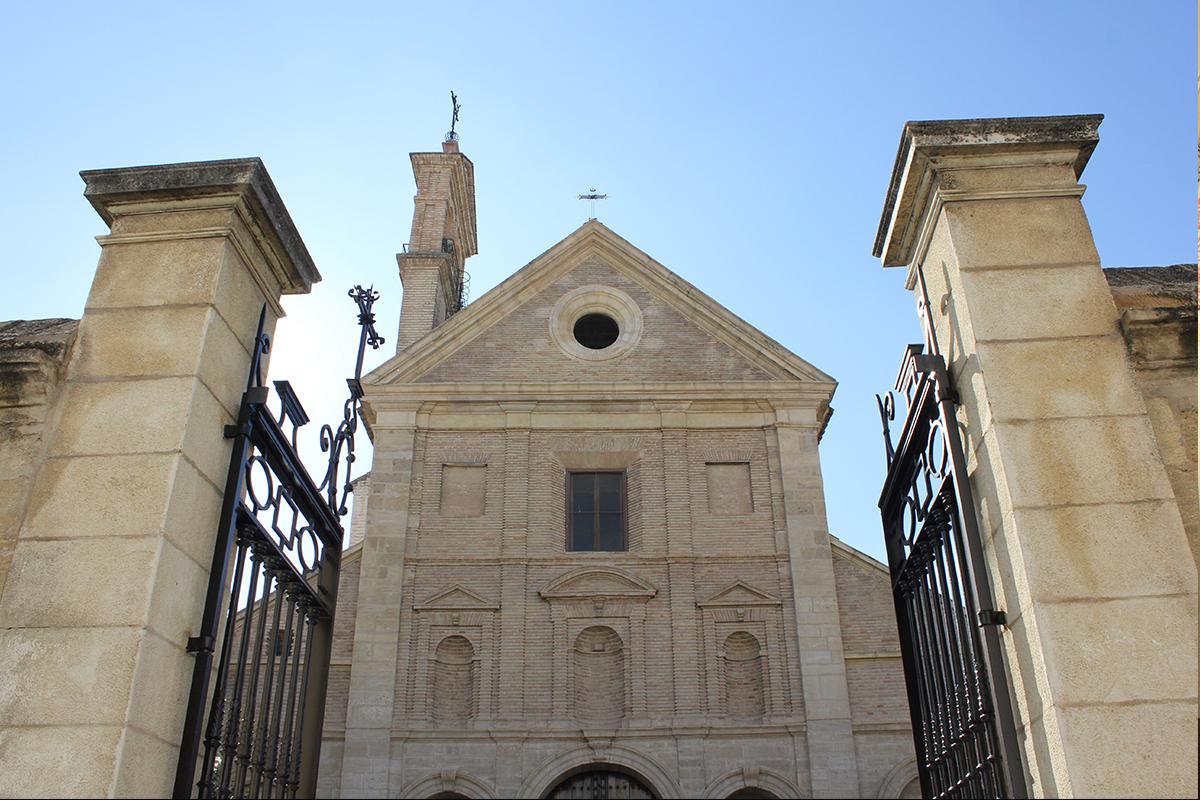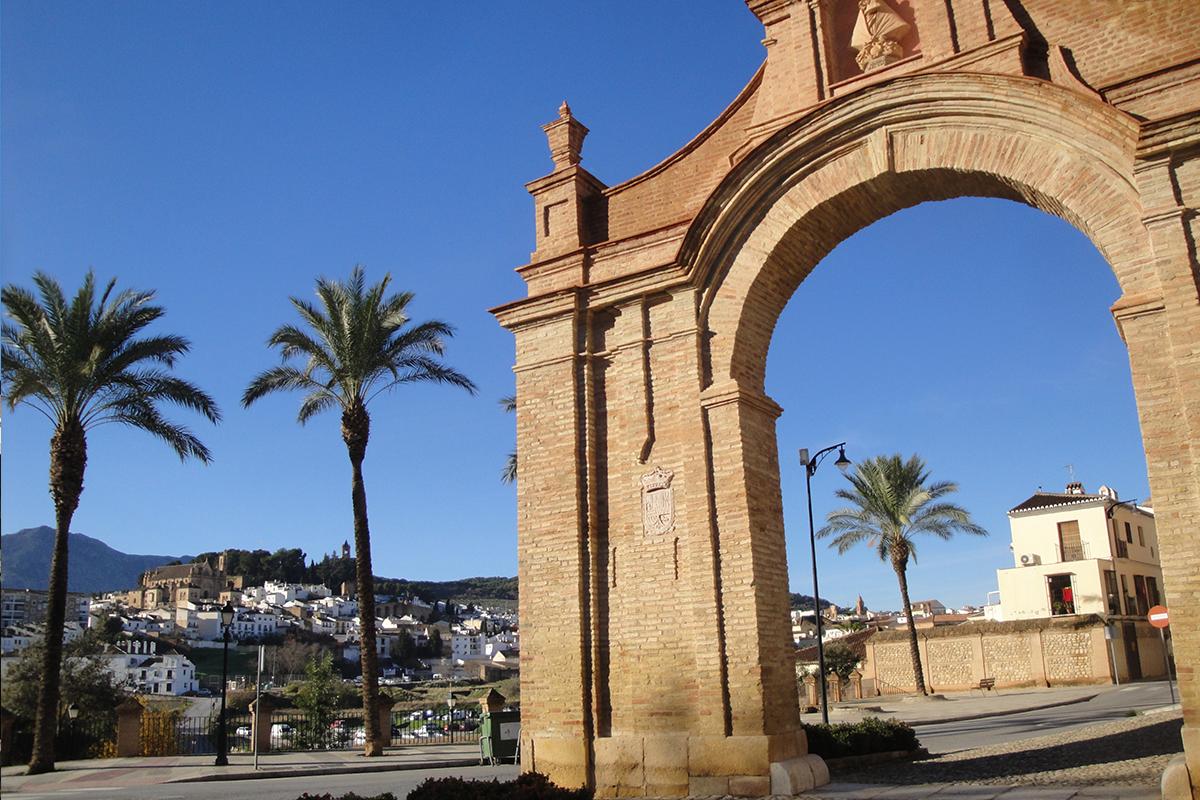Walks in Washington Irving’s Antequera
Dear brother,
It is three days since I have arrived here (Granada) after a delicious trip from Seville to Granada, accompanied by the prince Dulgorouki. We spent five days travelling through Osuna, Antequera, Archidona and Loja… I particularly like Antequera, located on the slope of rugged mountains with a fertile plain like Granada. Half a league away rises the steep crest that bears the romantic name of “The Lover’s Peak.”
Washington Irving
Letter to his brother Peter Irving, 1829
Washington Irving mentions Antequera in his writings at different points in time: the landscapes that surround the city, its architectural monuments, the customs of its inhabitants, etc….
They are interesting and varied, excerpts that take the reader in a pleasant way to the historical and social reality of this city in the first half of the 19th century.
A picture of its history, which shows us its past in a simple and attractive way the, its agricultural environment, its “old castle”, as well as legends and stories related to the wars between Moors and Christians, together with observations concerning curious local traditions.
We spot Antequera, the old city of warrior fame, located at the foot of the great mountain range that crosses Andalusia. Before it, a beautiful, fertile countryside expands, framed by rocky mountains. We cross a quiet river, and we approach the city through a place crowded with hedgerows and gardens, where nightingales intone their evensongs.
Washington Irving
Walk 1. From Puerta de Estepa to the Arco de Los Gigantes
Main landmarks of our first Walk in Washington Irving’s Antequera:
Estepa Gate (54) – San Luis Square – Church of San Juan de Dios (53) – Infante Don Fernando Street – Collegiate Church of San Sebastián (17) – Tourism Office (i) –Coso Viejo (Old Bullring) Square (19) – Museum of the City of Antequera – Barbacanas Street– El Río Street – El Toro Fountain – Los Gigantes Archway (4)
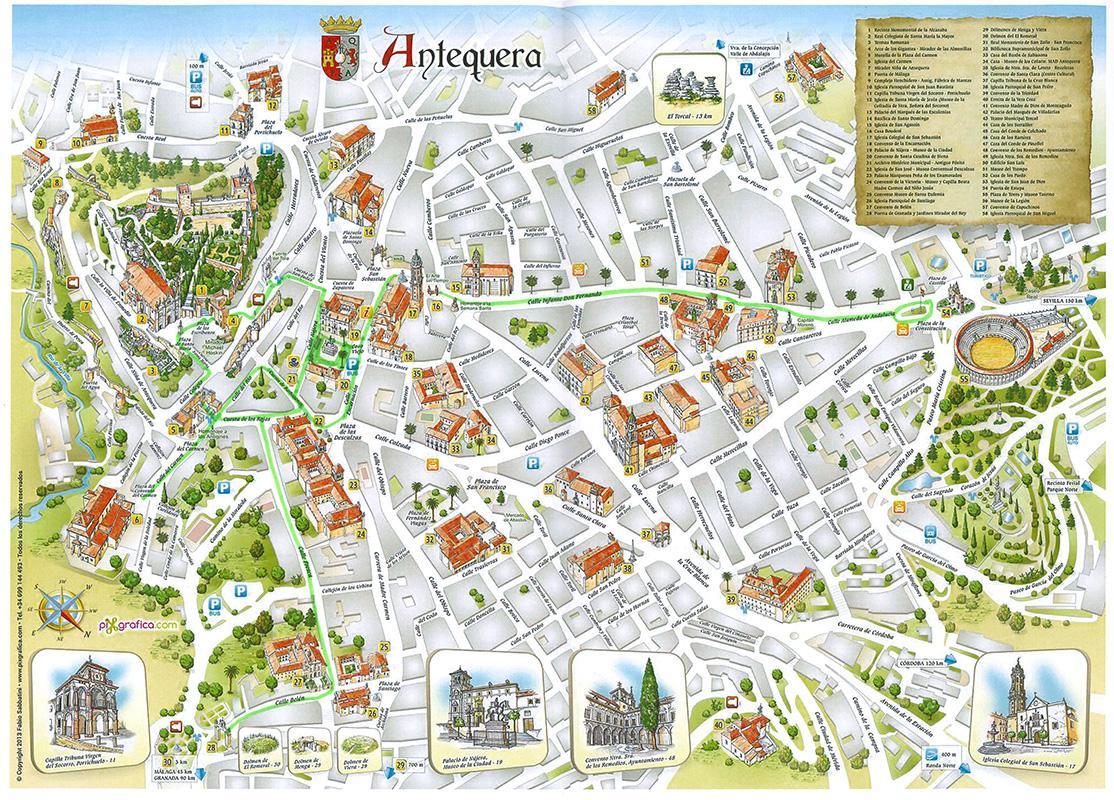 Street Map including the Walks in Washington Irving’s Antequera. ©Ayuntamiento de Antequera
Street Map including the Walks in Washington Irving’s Antequera. ©Ayuntamiento de Antequera
About nightfall we arrived at the gates. Everything in this venerable city has a decidedly Spanish stamp. It lies too much out of the frequented track of foreign travel to have its old usages trampled out.
Washington Irving
Built in the 17th century, the Gate of Estepa served as the entrance for travellers coming from Seville. The central archway was used as the entry for carriages and the two adjoining ones for pedestrians. . It was demolished in 1931 to facilitate road traffic through the city. . It was restored in 1998 according to the original model created by the master builder Martín de Borges in 1749.
Here [in the city] I observed [la ciudad] old men still wearing the Montero (sic), or ancient hunting cap, once common throughout Spain; while the young men wore the little round-crowned hat, 16 with brim turned up all round, like a cup turned down in its saucer, while the brim was set off with little black tufts like cockades. The women, too, were all in mantillas and basquinas. The fashions of Paris had not reached Antiquera (sic)..
Washington Irving
After passing the Puerta de Estepa we approach San Luis Square, with the monument dedicated to Captain Vicente Moreno Baptista, a national hero of War of Independence against the French (1773-1810). Not far from here, in the emblematic Don Fernando Street, we can enjoy the church of San Juan de Dios, masterpiece of Andalusian Baroque built with local materials, from the Roman period and red limestone from El Torcal. The interior decoration is worth a visit to admire the rich and varied decorative motifs, as well as its large painting collection.
In the same Don Fernando Street we will find the Town Hall of Antequera, or Palacio Consistorial, which was previously the convent of the Third Order of Franciscans (17th century).
-
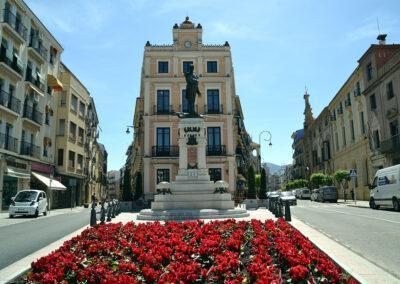
Plaza de San Luis. ©Ayuntamiento de Antequera
-
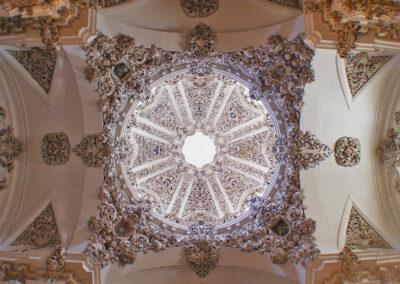
Cúpula Iglesia San Juan de Dios. ©Fco. Membrilla
-
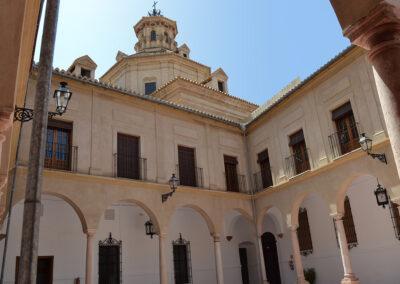
Exterior Cupula Iglesia de San Juan de Dios desde vel patio del Hospital de San Juan de Dios. ©Ayuntamiento de Antequera
-
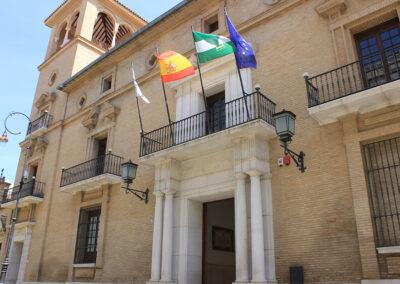
Fachada del Ayuntamiento de Antequera (Palacio Consistorial)
-
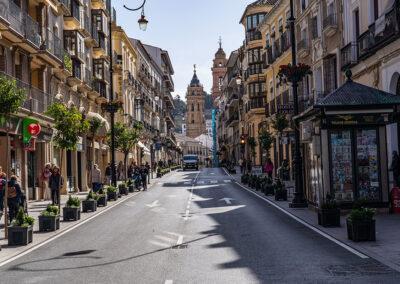
Calle Infante Don Fernando.
-
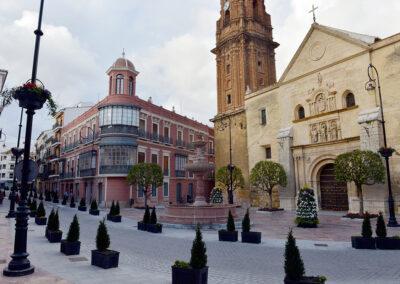
Iglesia de San Sebastián.
San Sebastian Collegiate (16th-17th c.). This construction covers different styles according to the fashions of every period: we can find, for instance the Renaissance, Baroque Gothic and neo-Gothic. Its tower is crowned by a very popular character of the city that acts as weathervane, is known as the Angelote (cherub).
-
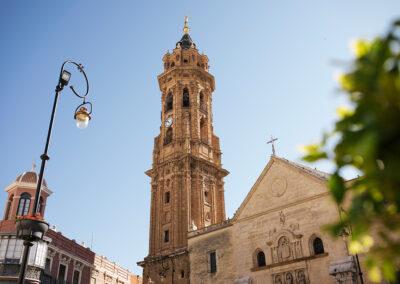
Iglesia de San Sebastián.
-
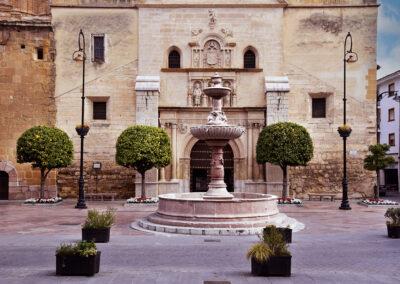
Fachada Iglesia de Sebastián. ©Ayuntamiento de Antequera
-
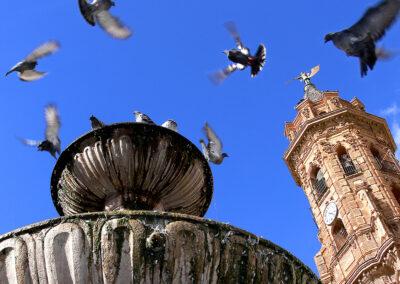
Torre de la Iglesia de San Sebastián
Tourism Office of Antequera. Encarnación street, 4. Tel. 952 70 25 05 / 952 70 83 05. Web: Tourism Office of Antequera
The marketplace was beginning to throng with the populace, who traffic in the abundant produce of the vega (fertile plain); for this is the mart of an agricultural region. In the market-place were abundance of freshly plucked roses for sale; for not a dame or damsel of Andalusia thinks her gala dress complete without a rose shining like a gem among her raven tresses…
Washington Irving
Coso Viejo (Old Bullring) Square monument dedicated to Infante Don Fernando and Museum of the City.
In Plaza del Coso Viejo, (known in times of old as Plaza de las Verduras, as it hosted an outdoor market where produce of Antequera’s orchards were sold), we find the Museum of the City of Antequera, installed in the Palacio de Nájera (18th c.), which has different halls showing the importance of its holdings. It offers the visitor the history of Antequera explained in the fullest terms and divided into chronological sections. In the massive collection of artifacts that it treasures (from pre-historic, Roman, Paleo Christian, Visigoth, etc.) the sculpture of the Ephebus and Pedro de Mena’s works or the Baroque paintings by Bocanegra and Juan Correa, in addition to other sculptures belonging to the 19th and 20th centuries, are all outstanding, amid many others.
-
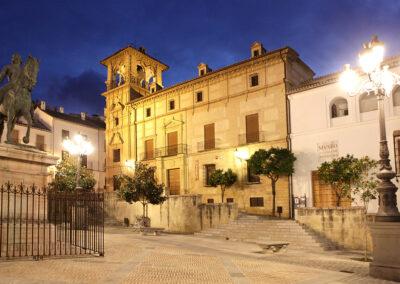
Vista del Palacio de Nájera, sede del Museo de Antequera desde la Plaza del Coso
-
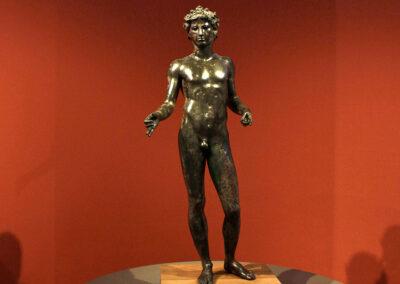
El Efebo
-
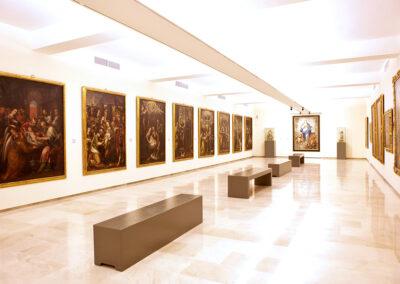
Sala pictórica del Museo de Antequera.
-
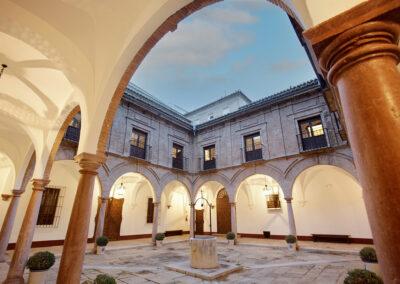
Patio del Palacio de Nájera. Museo de Antequera.
-
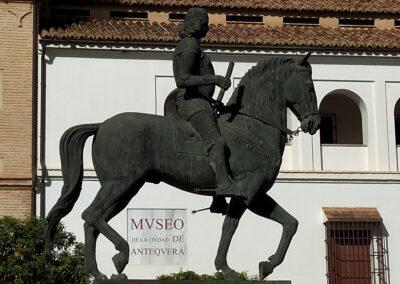
Estatua del Infante Don Fernando, Plaza del Coso Viejo. ©Inma Cortés
-
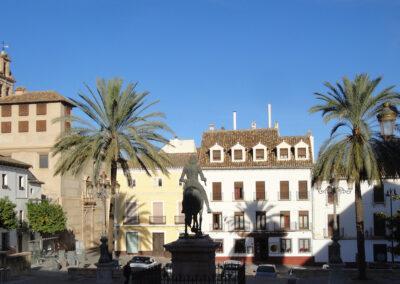
Plaza del Coso. ©Inma Cortés
Proseguimos el camino por una calle espaciosa y llegamos a la Posada de San Fernando. As Antiquera (sic), though a considerable city, is, as I observed, somewhat out of the track of travel, I had anticipated bad quarters and poor fare at the inn. I was agreeably disappointed, therefore, by a supper table amply supplied, and what were still more acceptable, good clean rooms and comfortable beds.
Washington Irving
In the Cuesta de las Barbacanas (Babicans Slope) it still exists the building of the old inn San Fernando, where Washington Irving was hosted, which keeps its monumental façade, and the Viejo Posito (community granary), 17th c., which today serves as the municipal historic archive.
On returning to the inn, I found our man Sancho, in high gossip with the landlord and two or three of his hangers-on. He had just been telling some marvellous story about Seville, which mine host seemed piqued to match with one equally marvellous about Antiquera (sic).
There was once a fountain, he said, in one of the public squares called La fuente del toro, (the fountain of the bull, because the water gushed from the mouth of a bull’s head, carved of stone. Underneath the head was inscribed:Enfrente del toro
se encuentra un tesoro. (In front of the bull there is treasure.)Many digged in front of the fountain but lost their labor and found no money. At last, one knowing fellow constructed the motto a different way. It is in the forehead of the bull that the treasure is to be found, said he to himself, and I am the man to find it.” Accordingly, he came late at night, with a mallet, and knocked the head to pieces; and what do you think he found?
“Plenty of gold and diamonds!” cried Sancho eagerly.
“He found nothing,” rejoined mine host dryly; “and he ruined the fountain.”Here a great laugh was set up by the landlord’s hangerson; who considered Sancho completely taken in by what I presume was one of mine host’s standing jokes.
Tales of the Alhambra, Washington Irving
Below me, in its lap of hills, lay the old warrior city so often mentioned in chronicle and ballad. Out of yon gate and down yon hill paraded the band of Spanish cavaliers, of highest rank and bravest bearing, to make that foray during the war and conquest of Granada, which ended in the lamentable massacre among the mountains of Malaga, and laid all Andalusia in mourning.
Washington Irving
Walk 2. From the Alcazaba Monumental Enclosure and Royal Collegiate Church to Gate of Granada.
Principales hitos en nuestro segundo Paseo por la Antequera de Washington Irving
Recinto Monumental de la Alcazaba (1) – Real Colegiata de Santa María (2) – Muralla de la Plaza del Carmen (5) – Iglesia del Carmen (6)– Convento Museo de las Descalzas (22) – Calle Fresca – Convento de Belén (27) – Puerta de Granada (28)
Por la mañana temprano (el 4 de mayo) di un paseo hacia las ruinas del castillo moro que había sido construido sobre las ruinas de una fortaleza romana. Desde allí, sentado en los restos de una torre derruida, disfruté de un extraordinario y variado paisaje, hermoso por sí mismo y repleto de románticos recuerdos históricos porque me encontraba en el mismo corazón de un país famoso por sus caballerescos enfrentamientos entre moros y cristianos.
Washington Irving
Recinto Monumental de la Alcazaba
-
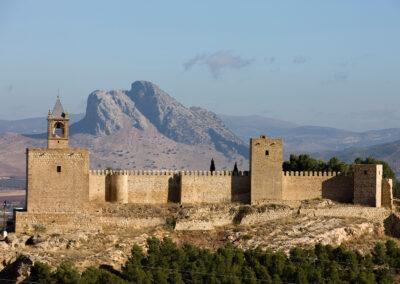
Alcazaba ©Xurxo Lobato
-
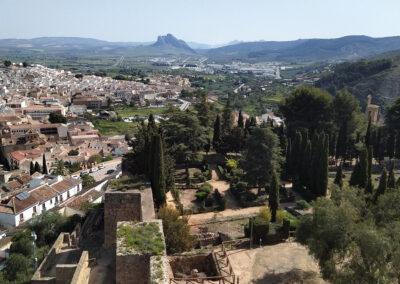
Vistas desde la Alcazaba. @Inma Cortés
-
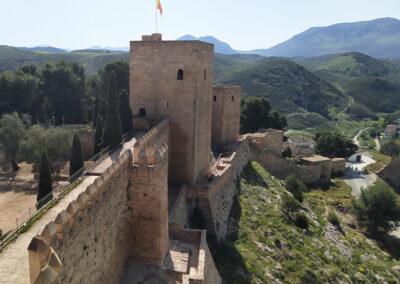
Vistas desde la Alcazaba. @Inma Cortés
Más allá se extiende la vega, cubierta de huertos y jardines y campos de trigo y esmaltadas praderas, inferior sólo a la famosa vega de Granada. A la derecha, la Peña de los Enamorados, que se extiende sobre la planicie como un cortado promontorio rocoso, desde el que, desesperados y a punto de ser alcanzados por sus perseguidores, se arrojaron la hija del alcaide moro y su amante.
Washington Irving
Real Colegiata de Santa María
-
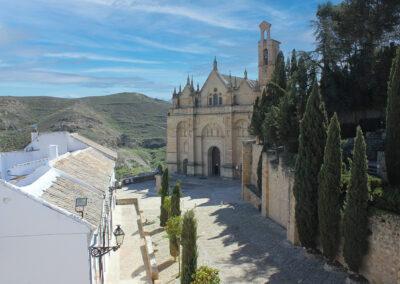
Colegiata de Santa María desde el Arco de los Gigantes
-
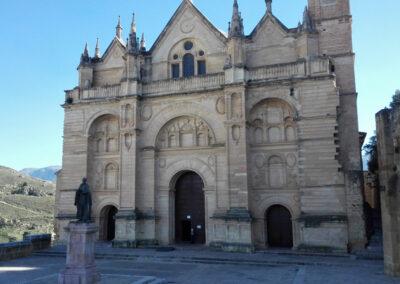
Fachada de la Colegiata de Santa María.
-
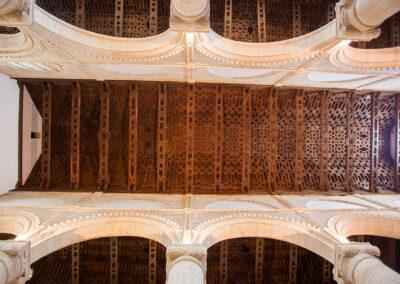
Techumbre de la Colegiata de Santa María
Muralla de la Plaza del Carmen. Monumento a Los Antiqiries
En la Plaza del Carmen encontramos el Postigo de la Estrella (restos de la antigua barbacana). Torreón de asalto y torre albarrana.
-
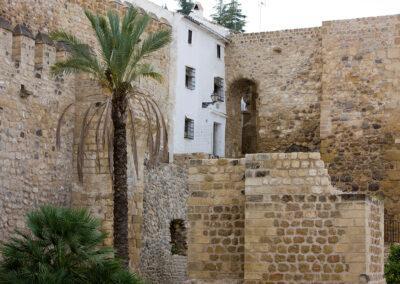
Muralla junto a la Plaza del Carmen. ©XurxoLobato
-
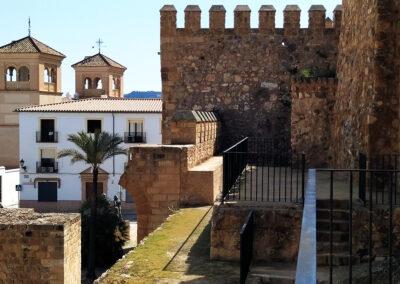
Murallas de la Plaza ©Xurxo Lobato
-
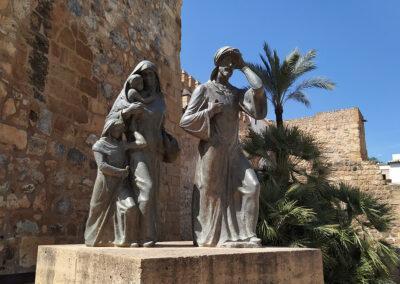
Escultura de los Antiquiries.-©Inma Cortés
Y el Monumento a los Antiqiries representa a una familia andalusí camino del exilio tras la toma de Antequera por la Corona de Castilla dirigiéndose hasta Granada donde fundaron el barrio de la Antequeruela.
Al descender, empezaron a sonar dulcemente en el aire de la mañana las campanas de las iglesias y conventos.
Washington Irving
La Iglesia del Carmen (s. XVI-XVII) es una auténtica joya arquitectónica antequerana, en ella destaca su impresionante techumbre mudéjar, el altar y sus capillas laterales. De planta longitudinal sigue la variante de los modelos de iglesias moriscas granadinas.
-
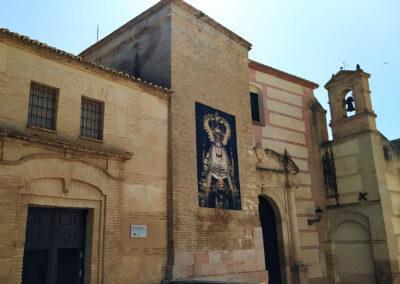
Fachada de la Iglesia de del Carmen. ©Inma Cortés
-
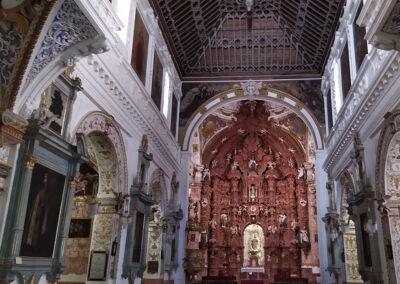
Interior de la Iglesia de del Carmen. ©Inma Cortés
El toque de maitines en la iglesia y el convento que tenía a mis pies resonó con placidez en el aire matinal, mientras descendía.
Washington Irving
Iglesia y museo conventual de las Descalzas (s. XVIII)
-
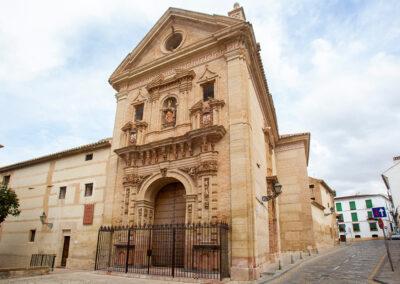
Fachada de la Iglesia del Convento de las Descalzas
-
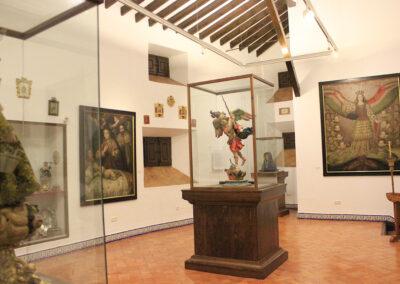
Museo en el Convento de las Descalzas.
-
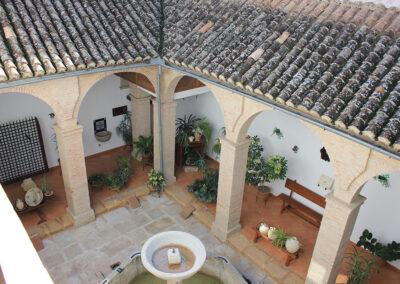
en el Convento de las Descalzas. ©Ayuntamiento de Antequera
Convento de Belén (s. XVII). Templo barroco que pone de manifiesto la valía de la imaginería antequerana. Famoso por sus dulces conventuales elaborados durante todo el año por las monjas clarisas, destacando entre sus especialidades culinarias el típico postre antequerano conocido como Bienmesabe.
-
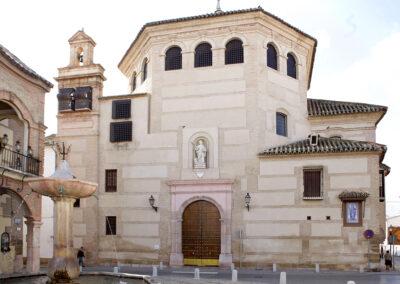
Fachada de la Iglesia del Convento de Belén.
-
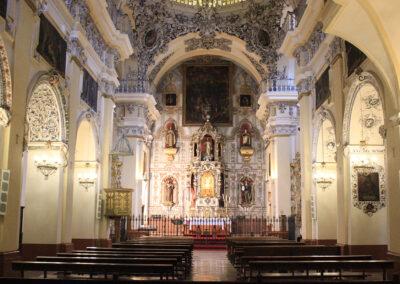
Interior de la Iglesia del Convento de Belén.
-
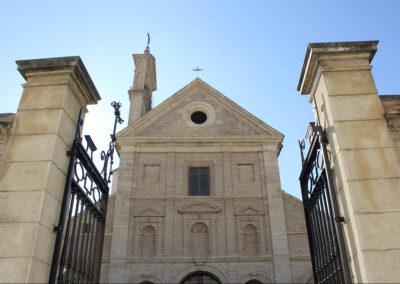
Convento de Belén.
Salimos de Antequera a las ocho y cabalgamos con gran placer a lo largo del riachuelo, entre huertos y jardines fragantes con olores de primavera llenos de música con las notas de los ruiseñores.
Washington Irving
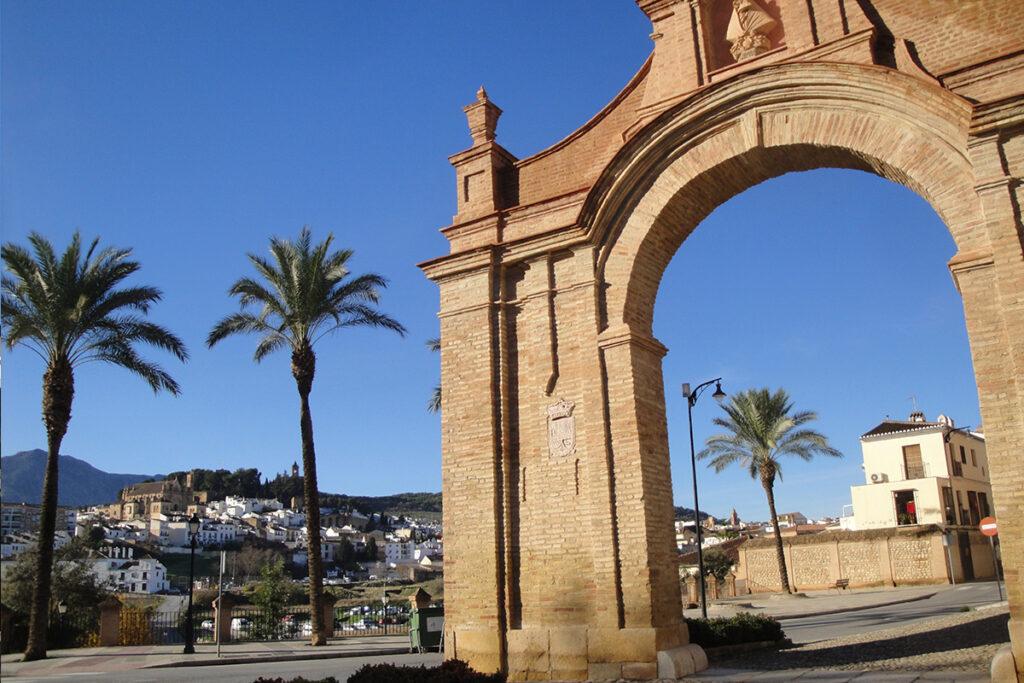
Puerta de Granada en Antequera.













